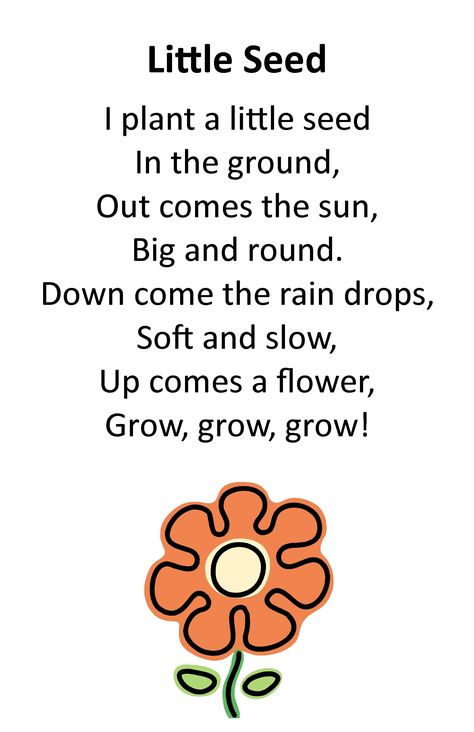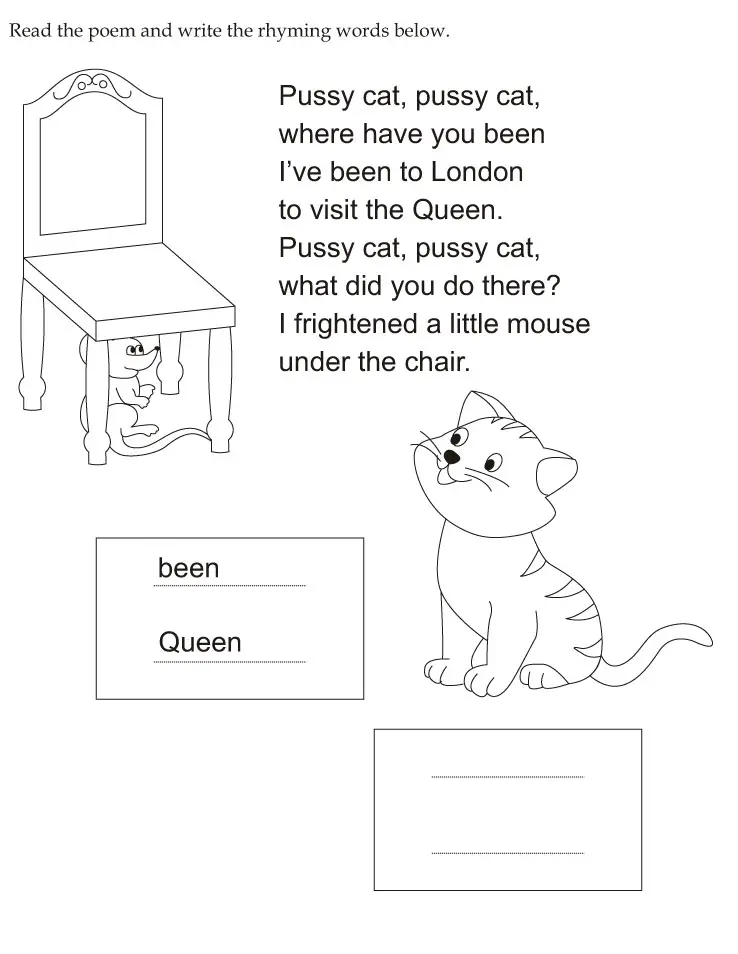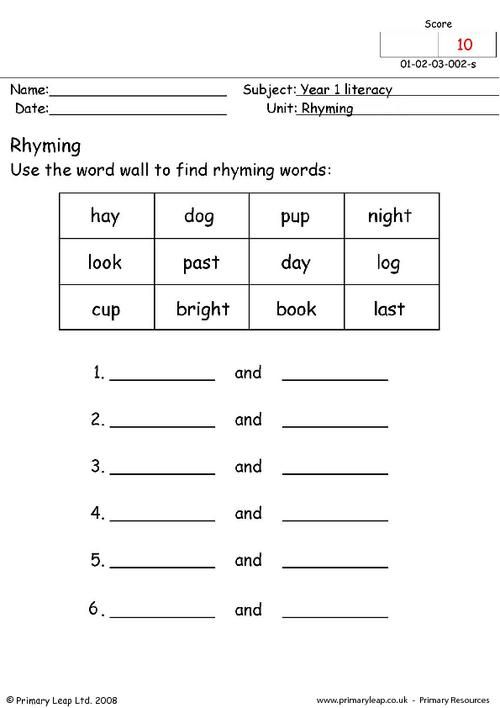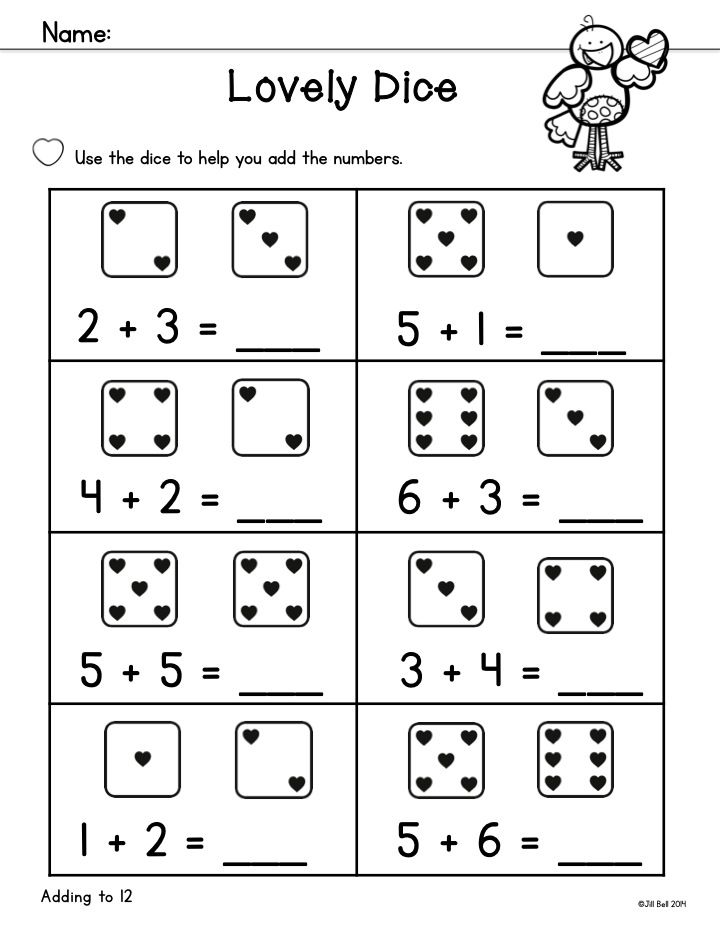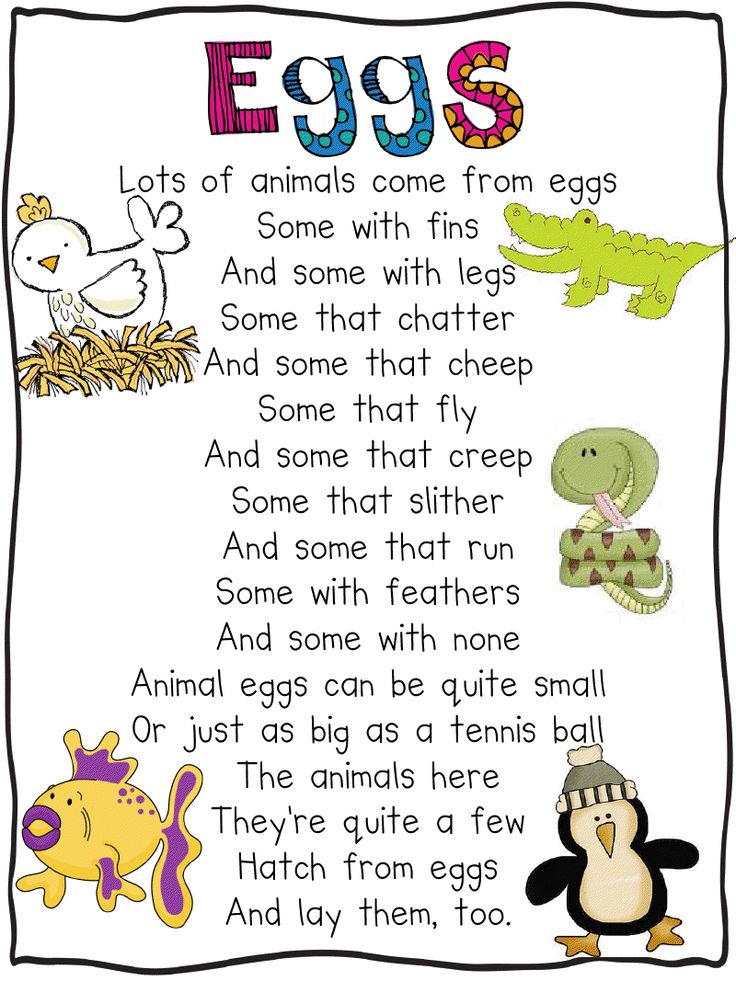Teaching kids words
How to Help Your Child Learn New Words
By Brittany Da Silva
Clinical Program Assistant, The Hanen Centre
Does the number of words a toddler says really matter in the long run?
Yes, it does! Research shows that the words a young child uses – her vocabulary – is related to later school success [1]. In fact, having a large vocabulary at two years of age predicts a child’s achievement at kindergarten entry in the following areas:
- Reading
- Math
- Behaviour
Better behaviour, reading and math skills at kindergarten entry have been shown to have a lasting impact on children’s school and life success. So, having a large vocabulary at a young age is important!
Children develop their vocabulary and communication skills at different rates. If your child has not achieved the skills listed in the chart below, or if you’re feeling concerned, we recommend that you contact a speech-language pathologist to get an assessment.
| Age: | Children should say: | Children should also: |
|---|---|---|
| By their first birthday | a few words |
|
| By 18 months | at least 24 words |
|
| By two years | at least 100 words |
|
[2,3]
Regardless of whether a child has a language delay, if you use Hanen strategies, you can help boost her vocabulary!
You can help your child learn to say new words through your everyday interactions using the following practical strategies that are grouped based on your child’s stage of communication:
- The first three strategies are excellent to use with all young children (from infancy into their school-aged years)
- The next strategies are great to use with children who are starting to understand and say some words
- The last couple of strategies are best for children who are talking in phrases and sentences
Strategies to Use with All Young Children
Observe, Wait and Listen (OWL)
- Observe what your child is interested in – it can be helpful to get face to face with your child to see exactly what has captured her attention (e.
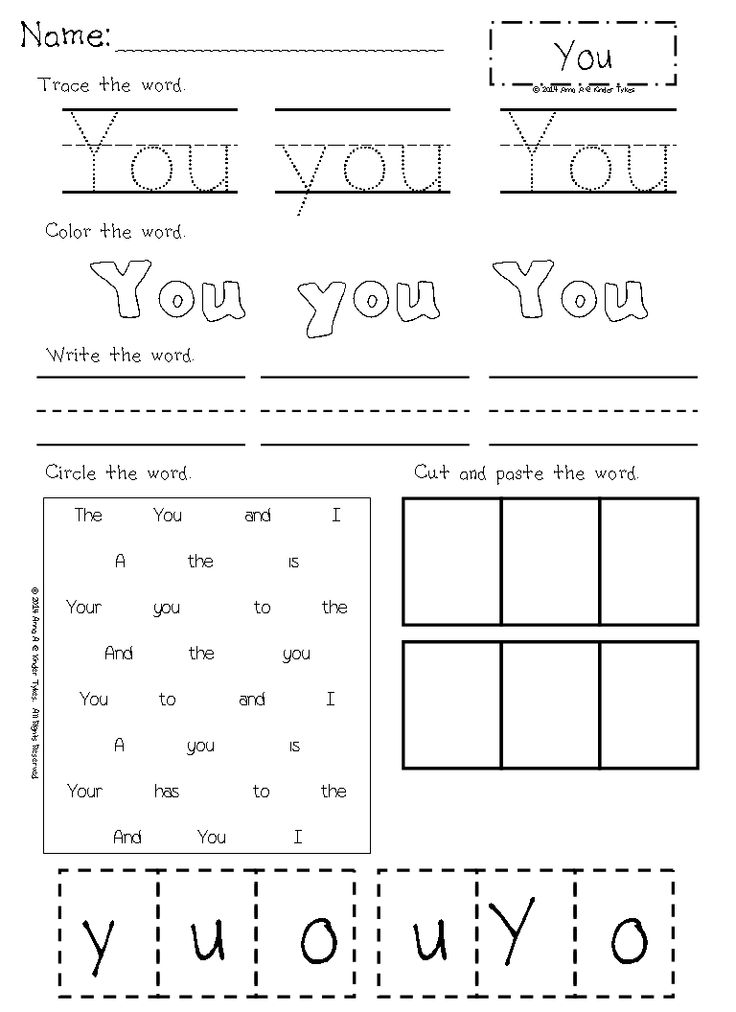 g., the playdough is stuck inside of the cookie cutter) and to show that you’re interested in what she’s doing.
g., the playdough is stuck inside of the cookie cutter) and to show that you’re interested in what she’s doing. - Wait (without talking) for your child to send you a message. Some parents find it helpful to silently count to five before talking.
- Listen for any way that your child sends you messages (e.g., she might make a sound, say a word and/or show you the cookie cutter).
When you Observe, Wait and Listen to your child’s messages, you let her start the interaction and lead it! Children are motivated to interact when you’re talking about their interests and they get to lead the interaction.
Follow your Child’s Lead
After you OWL and your child sends you a message, follow their lead by:
- Responding immediately! This shows your child that you’ve heard her message and are interested in what she said/communicated.
- Interpreting
- Making a fun comment! For example, “We made really sticky playdough!”
- Joining in and playing!
! Get some playdough for yourself and play like a child would.
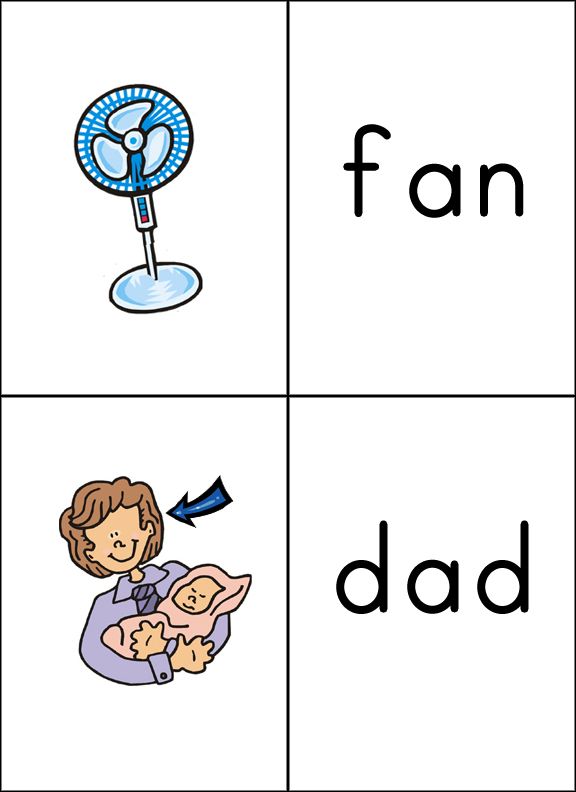 There’s no right or wrong way to play, as long as you’re having fun together! Join in and play the way your child is playing (not the way you think she should play)! What often works really well is to follow your child’s lead by imitating her.
There’s no right or wrong way to play, as long as you’re having fun together! Join in and play the way your child is playing (not the way you think she should play)! What often works really well is to follow your child’s lead by imitating her. - Imitating her actions, sounds and words. For example, if your child rolls out some playdough, you can imitate her by getting another rolling pin and rolling out your playdough too.
Children love to interact with adults who follow their lead. When you follow your child’s lead, your child will want to take lots of back and forth turns interacting with you! This gives your child many opportunities to learn and say words!
Reading
Reading books with your child is a great way to build her vocabulary [4]! For infants, OWL and follow her lead when you look at books together. She might want to touch different textures in the book, open flaps, or see you make funny gestures or silly noises! For example, if you observe that your child is interested in the elephant in the book, you could pretend that your arm is an elephant trunk and make a trumpeting noise! Match what you say to what she is interested in at that moment (e.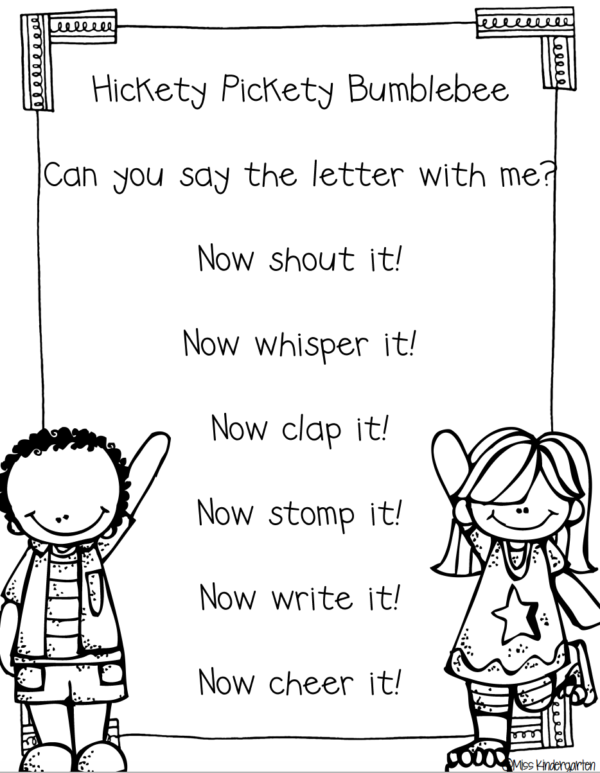 g., “I’m an elephant!”). This will make sharing books fun for you and your infant!
g., “I’m an elephant!”). This will make sharing books fun for you and your infant!
Re-reading books may feel repetitive for you, but your child learns so much from hearing those words and phrases again and again.
For children who are starting to talk, continue to OWL and follow her lead when you share books together. Repeating words and phrases in books is a great way for your child to learn and say those words and phrases! Re-reading books may feel repetitive for you, but your child learns so much from hearing those words and phrases again and again!
As your child starts to say more words and sentences, a great way to build vocabulary is to relate what’s happening in the book to your child’s life (e.g., you could point to a picture and say, “That dog is much bigger than grandma’s dog!”). Books also use unfamiliar words and have pictures to help show your child what they mean. After your child learns a new word from a book, use it at another time during the day. (For example, if you’re reading The Very Hungry Caterpillar by Eric Carle and your child learns the word cocoon, at bedtime you could say, “You look like you’re in a cocoon, just like the caterpillar was in our book.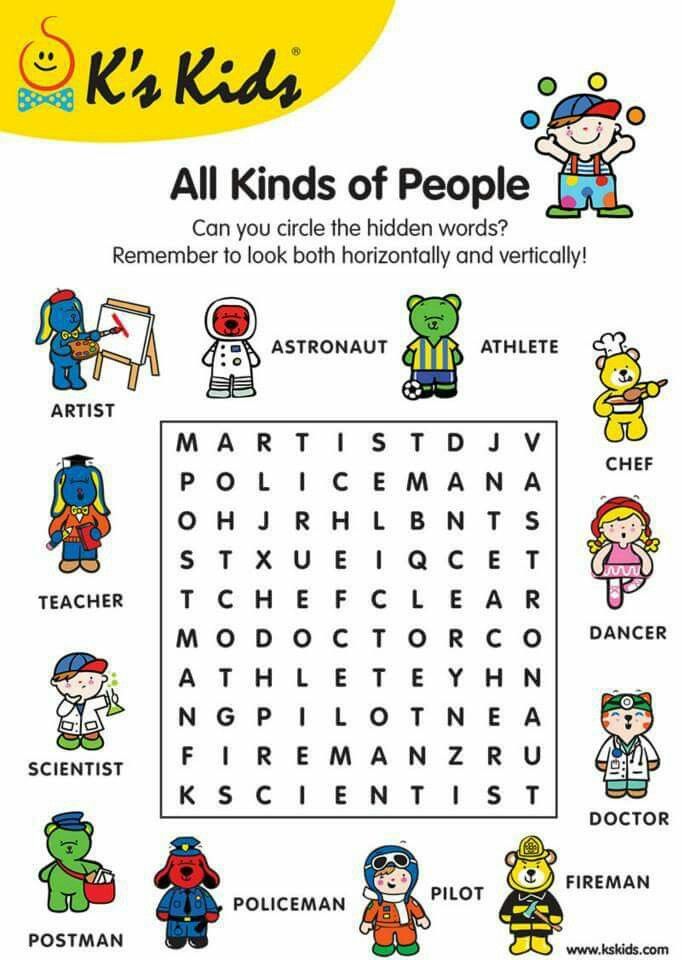 ”)
”)
Strategies to use with Children who are Starting to Talk
Actions speak louder than words
Actions, or gestures, are a great tool for helping your child learn and say words! When you use gestures, it helps your child see and understand what words mean. Using gestures won’t hold your child back from talking. In fact, gestures will help your child use spoken words and phrases sooner. Here’s how:
- Children often start using gestures before saying words (e.g., patting her tummy to show something is yummy).
- Then, children make the exciting leap to saying their first words (e.g., she might say “nana” for banana”).
- Next, children will likely start putting gestures and words together to communicate two-part messages (e.g., pats her tummy and says “nana!” to say, “yummy banana”).
- This practice with gestures helps children learn to say the whole two-part message with words (e.
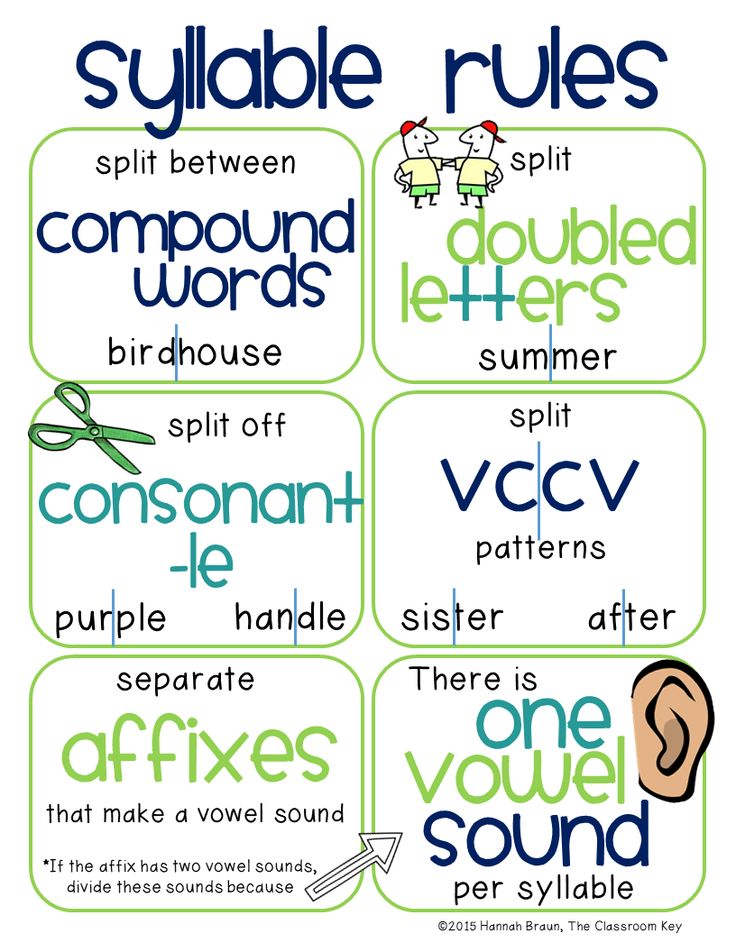 g., “yummy nana!”)[5].
g., “yummy nana!”)[5].
Repeat, repeat, repeat!
Children need to hear words many, many times before they begin to understand and eventually say them. To figure out the important words to repeat, start by OWLing to find out what your child is interested in. Let your child say or do something to send you a message and then respond with a short grammatical sentence that matches what is happening at the moment. Try to repeat words at least 3-5 times during an interaction (but not all at once). Here’s how a conversation could sound if your child is interested in dropping blocks off the table and hearing the sound they make hitting the floor:
- Child: (pushes block off the table and looks at mom)
- Mom: (responds immediately by saying a word that matches the moment) “Boom! The block went boom!”
- Child: (giggles and pushes another block off the table, and looks at mom)
- Mom: (responds immediately by commenting and repeating the word) “Boom! Another block went boom!”
- Child: (giggles and pushes another block off the table, and looks at mom)
- Mom: (waits)
- Child: “Buh”
- Mom: (interprets her child’s attempt at saying the word) “Boom!”
- Child: (giggles and pushes another block off the table, and looks at mom)
- Mom: (waits)
- Child: “Boom!”
- Mom: (responds immediately by building on what her child said) “The block made a big noise! The block went boom!”
Strategies to use with Children Who Talk in Phrases/Sentences
Use words that go beyond the here-and-now
Once your child is understanding and using lots of words and little phrases (usually at the toddler stage), you can talk about things that go beyond what is happening right now.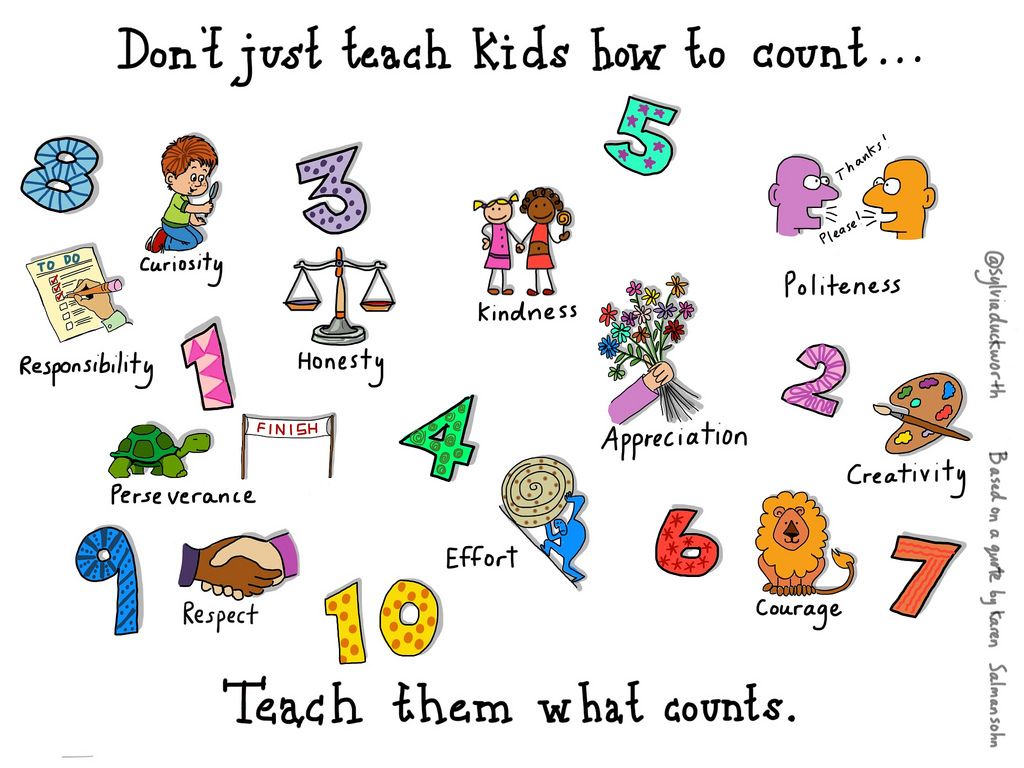 This may start with talking about:
This may start with talking about:
- Feelings (e.g., “You’re sad because grandpa went home.”)
- Past experiences that have just happened (e.g., “We saw a dog swimming in the water!”)
- Why things have happened (or solving simple problems) – these are important to talk though with your child too (e.g., “The soup is hot!” (Blow on the soup) “You can’t eat it yet because it’s too hot.”)
- Pretending or imagining together – this is a really fun way to build your child’s vocabulary and language skills (e.g., Pretend to talk on the phone while holding a block to your ear. Then hand your child the “phone” and say, “Grandma wants to say hello.”)
Don’t be afraid of using rare and unusual words!
After children learn basic words that let them talk about everyday things, expose them to unfamiliar words! Even very young children can learn rare and unusual vocabulary! Explain what the new word means and repeat it often.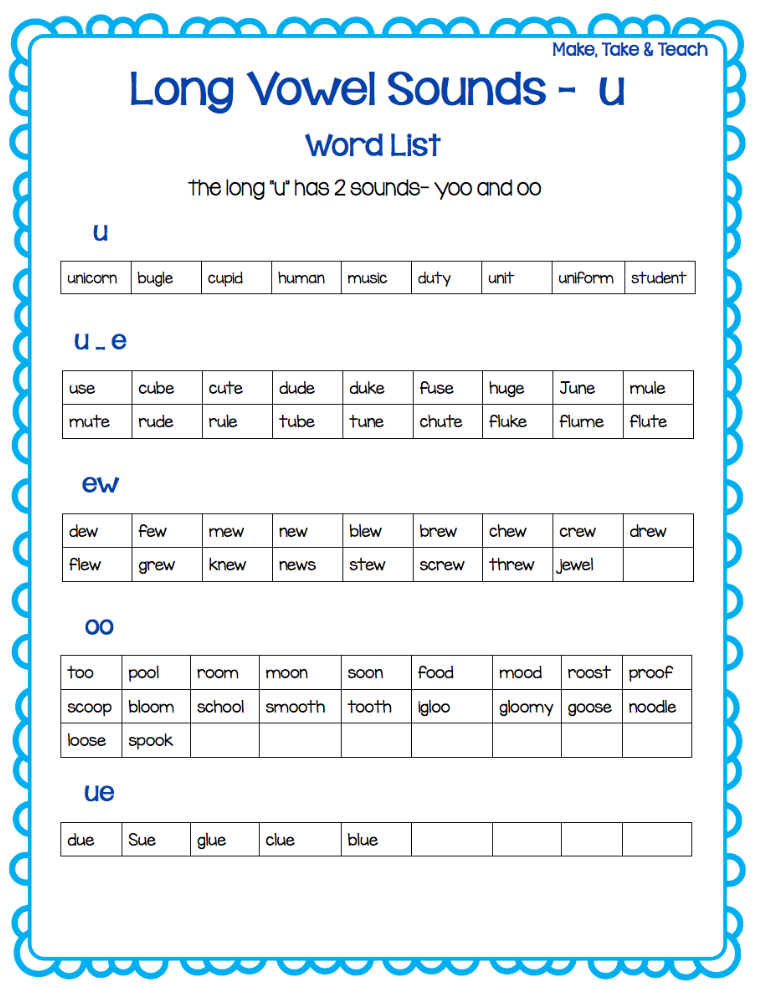 See the steps below for an example of an everyday word (Step 1), a more sophisticated word (Step 2) and a specialized word that relates to a specific area, like science (Step 3). Using sophisticated and specialized words will help your child when they get to school.
See the steps below for an example of an everyday word (Step 1), a more sophisticated word (Step 2) and a specialized word that relates to a specific area, like science (Step 3). Using sophisticated and specialized words will help your child when they get to school.
Source: [6]
To build your child’s vocabulary, the best things to remember are:
- Observe, Wait and Listen to her
- Follow her lead
- Read with her
- Use gestures
- Repeat important words often and throughout the day
- Use words that go beyond the here and now
- Use rare and unusual words
Have fun using these strategies to build your child’s vocabulary and get your child ready for school success!
These strategies are drawn from The Hanen Centre’s It Takes Two to Talk® guidebook.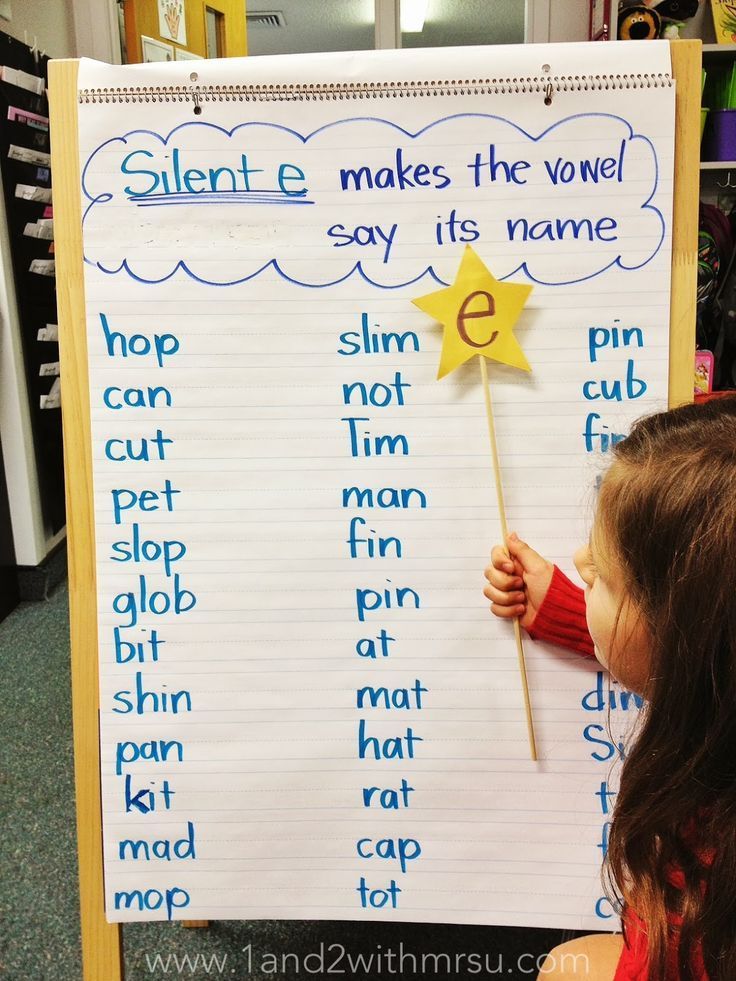 Designed specifically for parents of children with language delays, It Takes Two to Talk helps you transform any moment of your child’s life into a fun and natural opportunity to build strong language skills. The new fifth edition is now available!
Designed specifically for parents of children with language delays, It Takes Two to Talk helps you transform any moment of your child’s life into a fun and natural opportunity to build strong language skills. The new fifth edition is now available!
Find more information on building your child’s vocabulary in the 2018 Hanen Calendar – a fun and affordable tool packed with 128 strategies to help you promote conversations every day of the year.
References
- Morgan, P. L., Farkas, G., Hillemeier, M. M., Hammer, C. S. & Maczuga, S. (2015). 24-Month-Old Children with Larger Oral Vocabularies Display Greater Academic and Behavioral Functioning at Kindergarten Entry. Child Development, 86(5), 1351-1370.
- Earle, C. & Lowery, L. (2015). Target Word™ The Hanen Program® for Parents of Children Who are Late Talkers: Parent Handbook. Toronto: The Hanen Centre.
- American Speech- Language- Hearing Association (2017). How Does Your Child Hear and Talk? Retrieved from http://www.
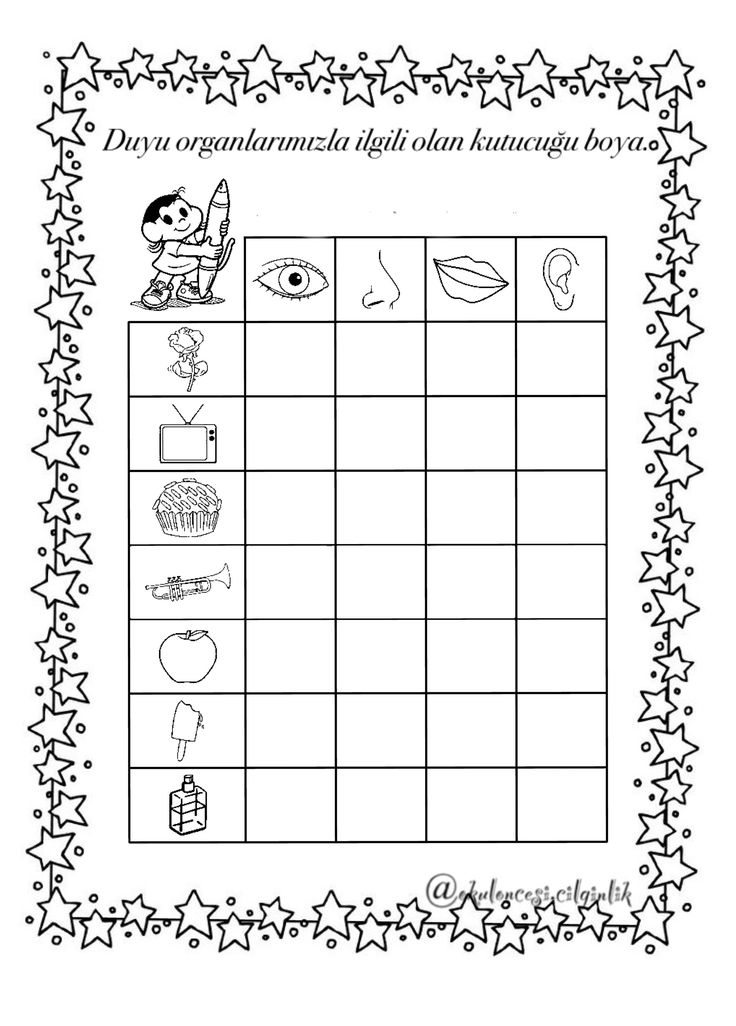 asha.org/public/speech/development/chart/
asha.org/public/speech/development/chart/ - Greenberg, J. & Weitzman, E. (2014). I’m Ready! ™ How to Prepare Your Child for Reading Success. Toronto: The Hanen Centre.
- Ozcaliskan, S. & Goldin-Meadow, S. (2005). Gesture is at the cutting edge of early language development. Cognition, 96, B101-B113.
- Weitzman, E. & Greenberg, J. (2010). ABC & Beyond™: Building Emergent Literacy in Early Childhood Settings. Toronto: The Hanen Centre.
17 Ways for Kids to Learn New Vocabulary
Fluent readers need a big vocabulary. The more words a child knows, the better reader and writer they are. (Anderson and Freebody, 1981; Graves, 1986; Stahl, 1998) (DOE, NAEP, 2011) It’s up to us as parents to help our children learn and develop a large vocabulary.
The best way to learn new words is to use them, play with them, listen to them, and apply them. While it is possible to learn new words out of context, like with flashcards, Vocabulary.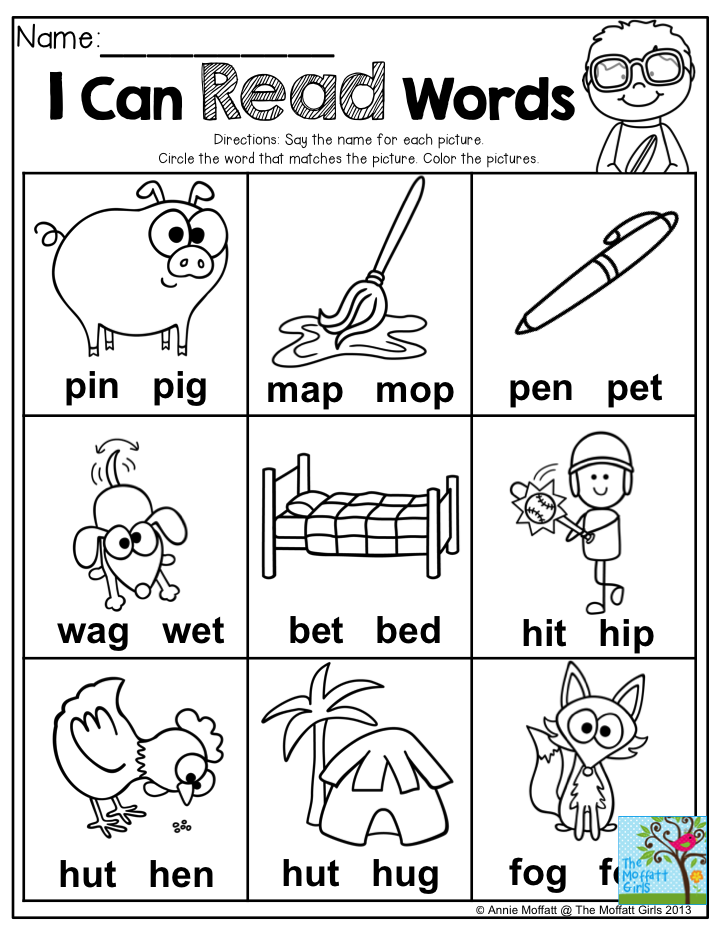 com, or word-of-the-day calendars, to actually have a word stick in a child’s memory, you need to use it. Repetition and application are essential.
com, or word-of-the-day calendars, to actually have a word stick in a child’s memory, you need to use it. Repetition and application are essential.
What can you do to help expose your children to new words–and then use those words? Here are some activities to try.
1. Expose your child to vocabulary words — talking, singing, listening!
2. Have conversations.
Talk to your children using a rich vocabulary. Explain words. Listen and respond to children’s dialogue with new words and related information. (This is often called “Motherese” — it’s when kids say something in kid talk such as “me want ma” and the parent responds with, “yes, you want more milk, don’t you? You are still thirsty.”)
According to a study by Meredith Rowe in 2012:
- Children under the age of two benefit from exposure to lots of words.
- Two- and three- year olds benefit from hearing a variety of sophisticated words.

- Preschoolers benefit from conversations about past and future events as well as explanations.
3. Provide experiences.
Parents make new experiences (and familiar ones) rich with learning when pointing out new things and talking with kids. Introducing new words helps kids acquire vocabulary.
4. Read aloud stories.
Reading to children is one of the most beneficial activities you can do for their literacy skills. Find read aloud book lists for grades 1 to 8.
5. Invent your own stories.
6. Read.
The more your child reads, the more words they learn. Find book lists by age.
7. Read a variety of genres.
We learn a depth of vocabulary by reading fantasy, mystery, sci-fi, nonfiction, poetry, and more.
8. Write.
Practice the words you’ve learned by using them in writing.
9. Sing.
I’ve learned so many Spanish words by singing along to popular songs.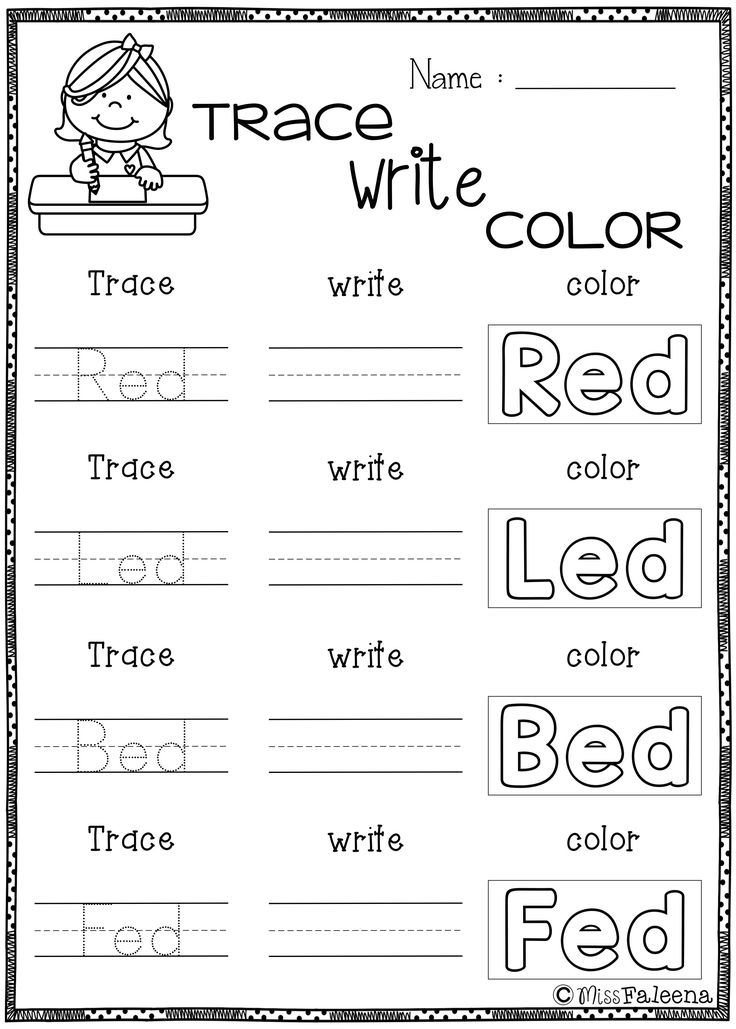 Kids will also learn words in their own language by singing.
Kids will also learn words in their own language by singing.
10. Pretend Play.
You can support vocabulary acquisition by introducing play specific words to children. If you’re playing doctor, teach the word stethoscope, for example.
11. Word Play.
Children 2 – 5 Years Old:
I Spy with word clues (“I spy something that starts with t-“), I Spy things that start with B (great for the car), or rhyming words (“I spy something that rhymes with dock.”)
Children 6+:
Mad Libs, Haikubes, Going Camping game (“I’m going camping and I’m going to bring an alligator . . . “), telling jokes, WordARound, Scrabble, Bubble Talk, Sight Word Games, Boggle, Bananagrams, Yamodo, Blurt.
12. Word Collections.
13. Make Inferences.
When you’re reading and find an unknown word, help kids figure out what it means by using the context clues. I usually ask kids to substitute another word to see if it makes sense in the context of the sentence.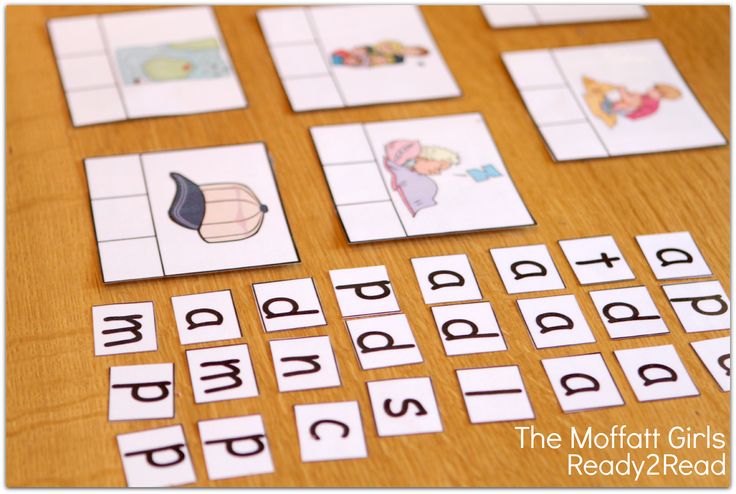
14. Share Cool Words.
Pick a word from your reading that you think other people in your family don’t know. Share what it is, the meaning, and use it in a sentence. Act it out if you can.
15. Do Word Puzzles.
Do crossword puzzles, Jumble, cryptograms, word searches, and play Word Games.
16. Play Vocabulary Games.
17. Word Scavenger Hunt.
Print out this indoor word scavenger hunt and look for favorite and new words
You Might Also Like:
Lemony Snicket’s 13 Words
How to Improve Your Vocabulary
Word Play with Kids – Inventing Words
Easy Found Poetry with Magazines
Follow Melissa Taylor’s board Writing Activities for Kids on Pinterest.
How to teach a child to speak - Lifehacker
June 18, 2019 Likbez Tips
It is necessary to talk with a baby from the first days of life.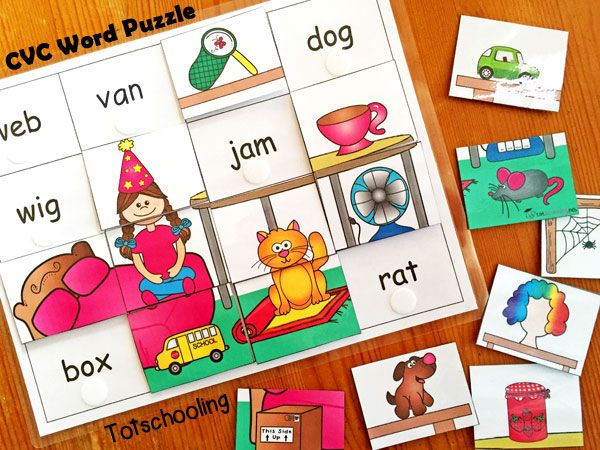
Share
0Why seizing the moment is important
Children develop language skills much earlier than many parents realize. A month before birth, a child can already distinguish between different languages by rhythm. And fundamental knowledge about the structure, melody and intonations of native speech is laid in the first months of life.
By talking to your child, you are not just shaking the air, but building the foundation for his success in the future. Children with whom their parents did not talk much, by the age of two, may lag behind their peers in development by about six months. The more words a baby hears in the first three years of life, the higher his IQ and chances of getting good grades in school will be.
Conclusion: talk to the child as often as possible, even if he is not yet able to answer. Be actively involved in his language education, taking into account age characteristics. And remember: the Internet, YouTube videos, and even scientific TV programs cannot replace human interaction.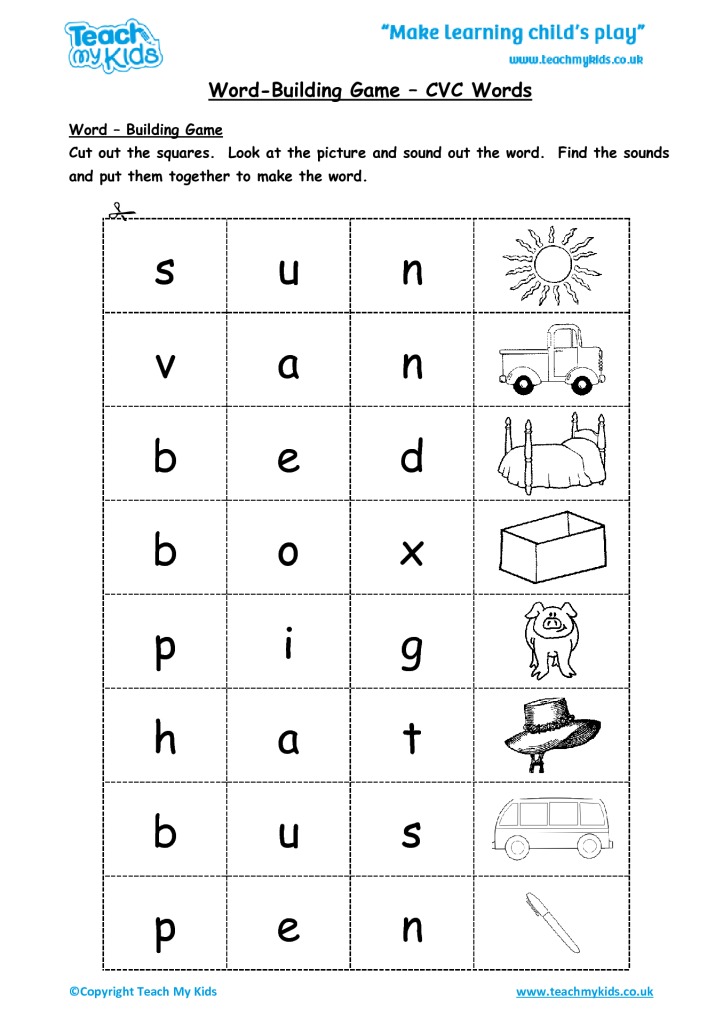
How to teach a child to speak from birth to 3 months
What a child learns
- Recognize sounds and associate them with certain lip movements. Barely born, the baby already knows how to recognize the voice of the mother. The child begins to listen to the surrounding ocean of unfamiliar sounds and learns to extract meaning from it.
- Walk and coo. Various combinations of vowels "a", "y", "s" and consonants "g" and "m" are the first things parents hear from a baby, except for crying, screaming and groaning. Usually, babies are drawn to talking when they are full and happy with life. Agukaya, babies, among other things, develop facial muscles that will later help them produce more complex sounds.
How you can help
- Sing, tell rhymes and sayings. Moreover, it is possible even before birth: the child begins to hear already at the 16th week of intrauterine development. So it will be easier for a new person to understand the rhythm of the language.
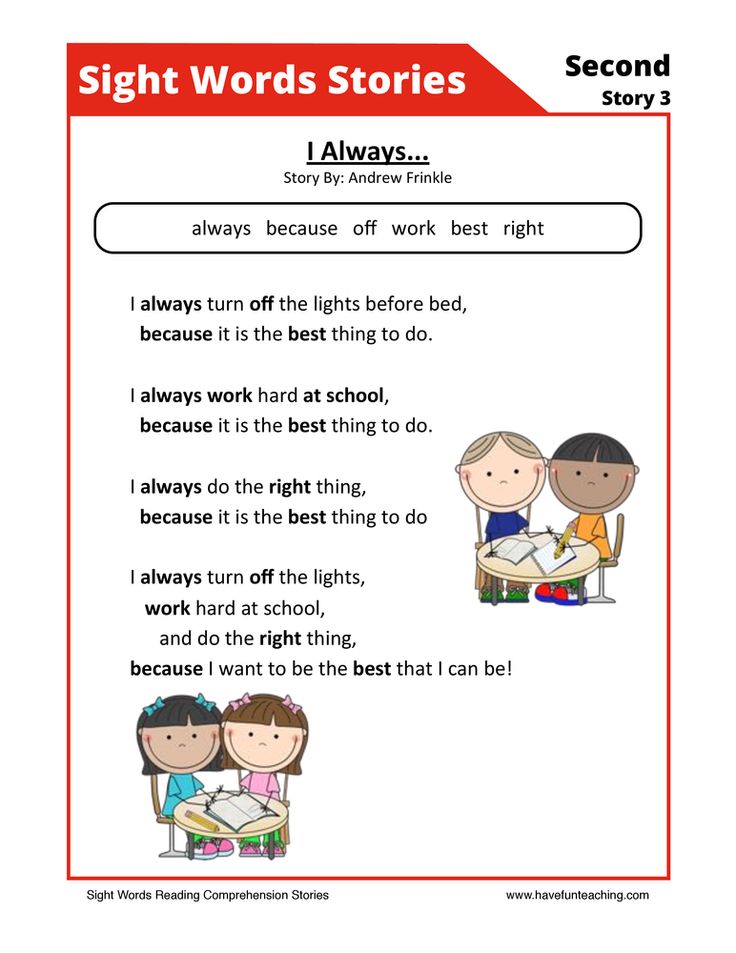
- Speak softly and melodiously. Adults intuitively communicate with the baby in a more subtle and melodious voice, stretching the vowels. And it is right. Various studies show that this style attracts babies, helps them learn the language and develop social skills.
- Be quiet. Toddlers need time to play with their voice and not be distracted by TV sound, music, and other noises.
When to worry
If after three months the child is still not cooing, it makes sense to consult a pediatrician, neurologist and ENT specialist.
How to teach a child to speak from 3 to 6 months
What a child learns
- Respond to your name. By six months, most babies know their names. In addition, they respond to some familiar words like "mom" and "dad."
- Recognize intonation. The kid is sensitive to how they are addressed - he smiles in response to a gentle voice and may cry when he hears a rude tone.
- Imitate the speech of adults.
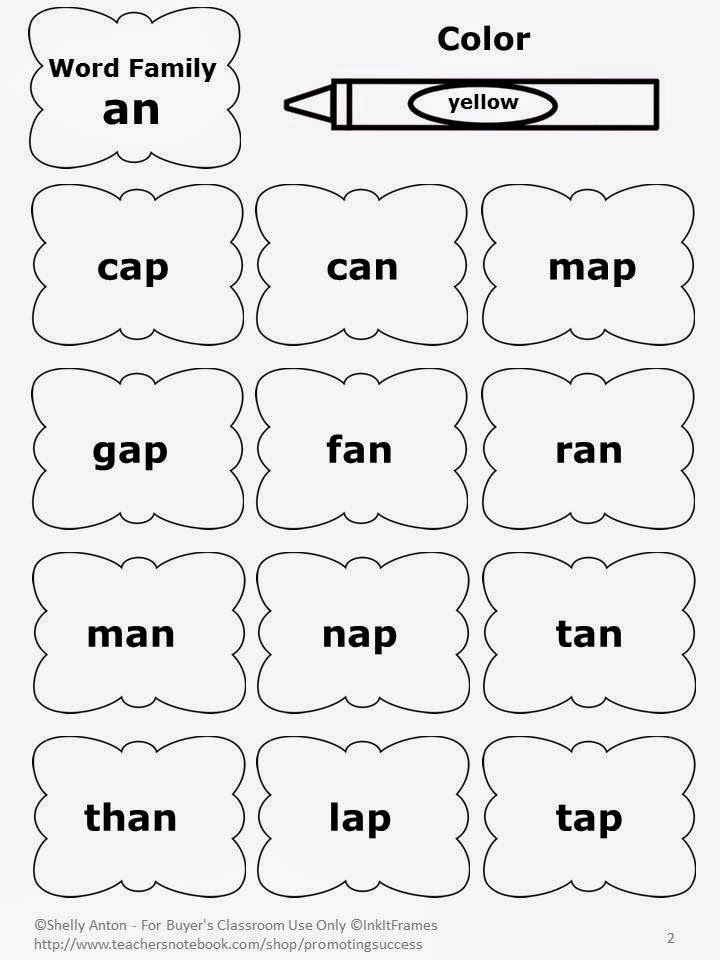 The baby adopts the tone, rhythm and pace of the speech that he hears.
The baby adopts the tone, rhythm and pace of the speech that he hears. - Build more complex chains of sounds. This is no longer a monosyllabic coo, but the overflow of vowels, which speech therapists call a flute.
How you can help
- Play Who's This? Bring the baby to the mirror and ask: "Who is this?" Then say the child's name.
- Master the art of talking to children. In English, there is the concept of baby talk - a conversation focused on kids. In Russian, we often call this process lisping, thereby belittling its significance. Meanwhile, by playing along with the baby, you help him learn the language faster. In the future, it will be easier for the child to learn more complex words. Here are some baby talk techniques:
- Child imitation: adults do not pronounce certain sounds.
- Replacement of pronouns with nouns. We ask: “Does Anya want to go for a walk?” instead of "Do you want to go out?".
- Simplification of words and constructions to "wawa", "dude" and "Fu, what a!".
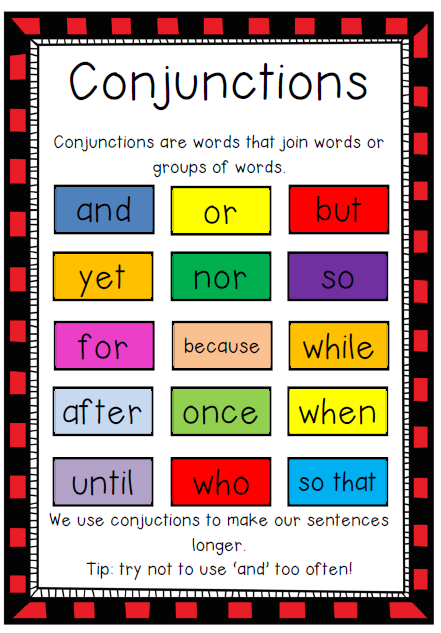
- Use of melodious intonations and diminutive suffixes.
Baby talk helps children feel parental love, makes them feel comfortable and safe.
When to worry
At six months, the baby does not laugh, does not pay attention to new sounds.
How to teach a child to speak from 6 to 9 months
What the child is learning
- Recognize short phrases in context. For example, he may wave his hand in response to your: “Bye-bye!”
- babble. The talker with manic persistence repeats the syllables “ba-ba-ba”, “pa-pa-pa”, “ma-ma-ma”, “da-da-da”, “ta-ta-ta”, “ka-ka -ka" and "ha-ha-ha". Some adults perceive baby talk as conscious speech, and argue which word the baby said first - “dad” or “mother”. Although he simply pleases his hearing and trains his speech apparatus.
- Express emotions. In the babbling of a baby, one can discern pleasure or, conversely, grumpy notes.
How you can help
- Play sound games.
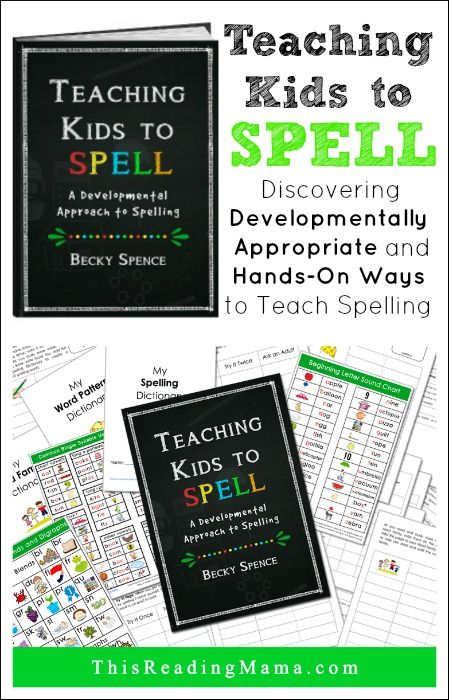 Repeat the syllables the child says. Say different sounds and short words yourself so that the baby can imitate you.
Repeat the syllables the child says. Say different sounds and short words yourself so that the baby can imitate you. - Show how to speak. “Work with your face” - it is important that the little one sees how you reproduce sounds. There is also such a technique: when you say something, put a child's hand to your lips so that the child feels their movement.
When to worry
The kid does not imitate the intonations of adults, does not respond to his name, mutters rarely and monotonously.
How to teach a child to speak from 9 months to a year
What a child is learning
- Understand short phrases, point to objects that you name. At this age, babies understand much more than they can say.
- Say the first meaningful words. One-year-old butuzes, as a rule, confidently say a few words, including the necessary for survival "mom", "dad", "give". Vocabulary can vary from two or three to 20 words, and 80% of them are nouns.
How you can help
- Comment on what you are doing.
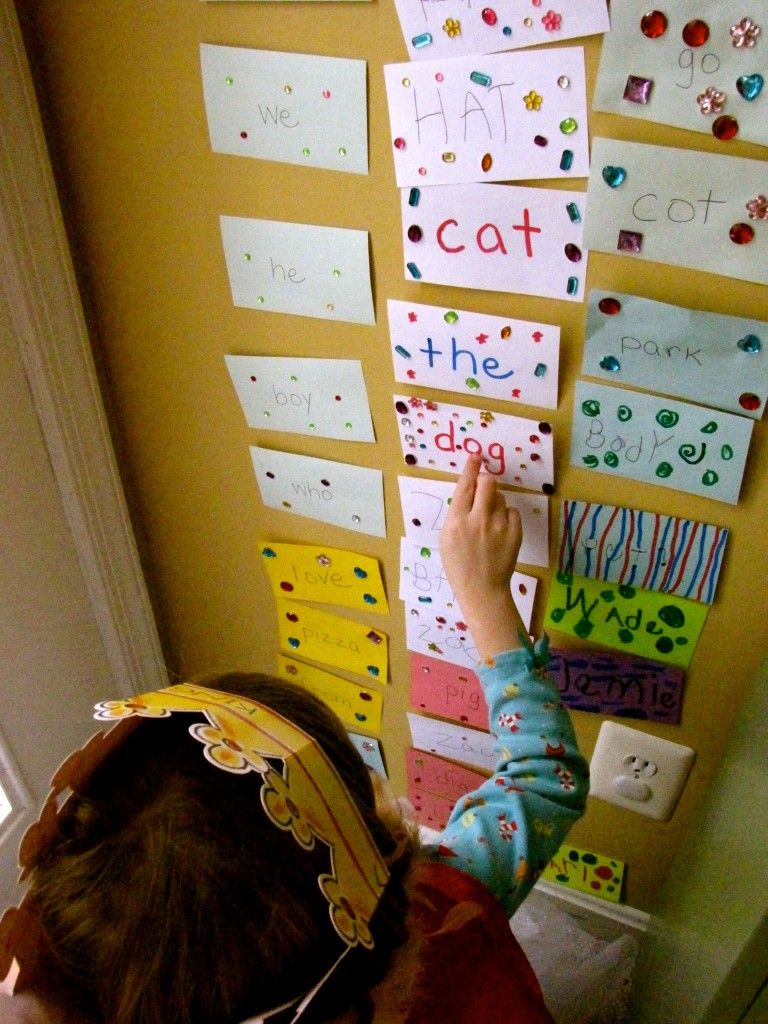 If you want the baby to quickly call you mom or dad consciously, explain to him what you are doing at the moment. “Mom drinks coffee”, “Dad goes to the store”, “Mom works”. Ideally, if your day is full of events - the more diverse the situation, the more new words the future speaker will learn.
If you want the baby to quickly call you mom or dad consciously, explain to him what you are doing at the moment. “Mom drinks coffee”, “Dad goes to the store”, “Mom works”. Ideally, if your day is full of events - the more diverse the situation, the more new words the future speaker will learn. - Tell us what and how it is called - parts of the body, objects. Say the names of relatives and friends. Complicate the phrases over time. From "Look, cat!" go to "Look, black cat!". If the child tries to repeat after you, support his efforts: name the object again and again.
- Continue to practice baby talk. When communicating with children aged nine months to one year and nine months, it is still useful to use baby words like “lyalya” and “kisya”. Stretching vowels is also recommended - for example, when you ask: "How are you?" So the baby learns to speak faster.
- Read books with large bright pictures. Name the objects and ask the child to show them in the picture.
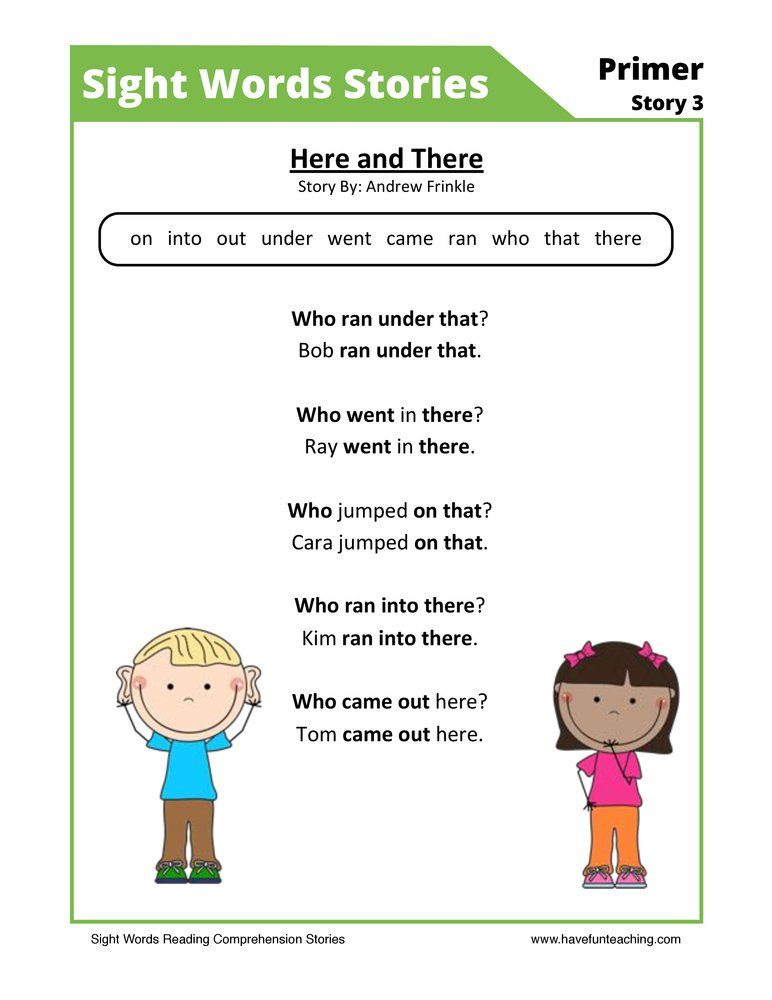
- Help develop articulation. Build faces, make faces, show your tongue - in a variety of ways provoke the baby to do exercises for the muscles of the face.
- Refuse the pacifier. Babies who still suckle a pacifier after a year are more likely to have trouble articulating sounds made in the front of their mouths, like "p", "b", "t", "d", and "s".
When to worry
At the age of one to one and three months, the child still does not say "mom" and "dad", cannot point to the object in the picture.
How to teach a child to speak from one to two years old
What a child learns
- Say "No!". If the baby does not want to eat porridge, he is already able to shake his head and refuse.
- Build the first simple phrases. The child is still doing well with simplifications: “Here is uk” instead of “There is an onion here”, “De ba?” instead of "Where and why did grandma go?".
- Memorize many new words. During this period, most children experience the so-called lexical explosion.
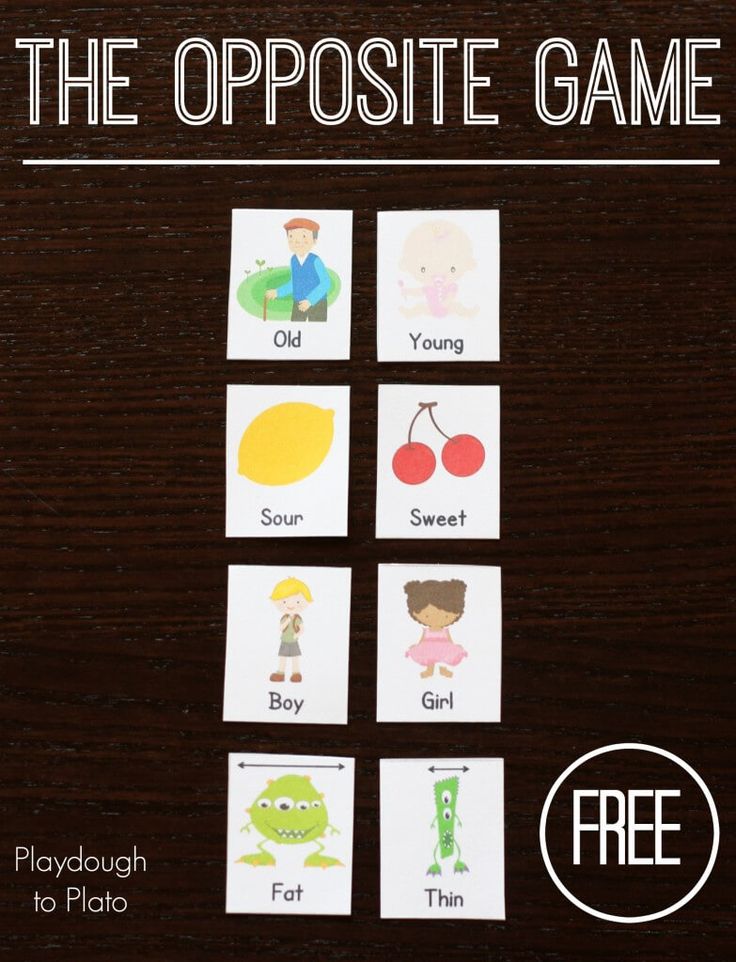 More verbs and other parts of speech appear in speech, and the vocabulary increases to 300–400 words by the age of two. But it's okay if your child starts chattering a little later - after two.
More verbs and other parts of speech appear in speech, and the vocabulary increases to 300–400 words by the age of two. But it's okay if your child starts chattering a little later - after two.
How you can help
- Use more new words and engage your baby in dialogue. Studies have shown that the more often parents communicate with a child in the period from one and a half to two years, the better his IQ and linguistic skills in adolescence. It is especially important that the baby responds to you.
- Act like you have a problem with sign language. Sometimes the baby is just too lazy to say the words. Why, if you can point a finger. Pretend you don't understand him. Ask to speak in words. At a minimum, try to build a conversation: “Do you want more tea? With sugar or without? Is it really delicious?"
- Encourage attempts to speak. Even if you really don't understand what the child is trying to say, don't give up. Offer options, ask again if you understood everything correctly.
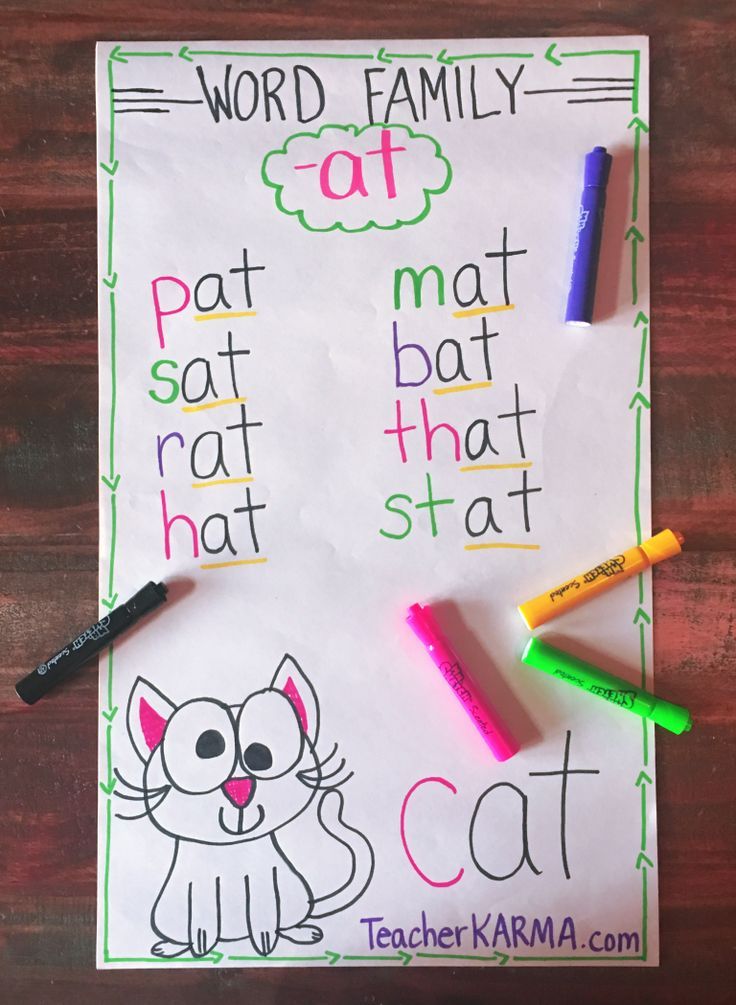 And no irritation! Only love and infinite patience.
And no irritation! Only love and infinite patience. - Ask for help. For example, let him put a cup on the table or bring you an apple.
Richard N. Aslin
professor of cognitive science, specialist in speech development and comprehension in children
New words are not easy for young children to learn. They need to coordinate more than a hundred muscles of the vocal tract. For its development it is useful to blow soap bubbles.
When to worry
At the age of one and a half, the baby does not listen to the conversations of others and does not speak conscious words.
A two-year-old cannot repeat after adults, even if the word is pronounced several times. He does not answer simple questions and prefers to communicate with gestures. This is an occasion to visit a speech therapist for the first time.
How to teach a child to speak from 2 to 3 years old
What a child is learning
- Follow the development of the plot.
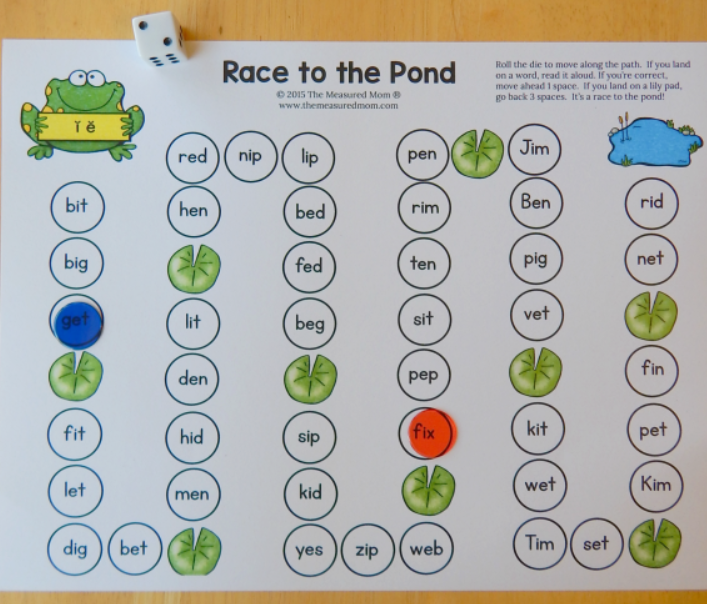 The kid is already able to perceive a story 5-10 minutes long.
The kid is already able to perceive a story 5-10 minutes long. - Use abstract concepts. He already knows what it is now, what it is like to be sad, and the more different from the less.
- Build multi-word phrases. After two years, the baby masters participles and prepositions, and a little later - unions and pronouns. By the age of three, the vocabulary reaches 250-700 words, and the length of phrases is 5-8 words.
How you can help
- Ask questions. Many and different - about the size, quantity, color, intentions. It is important that the baby could not answer in monosyllables - “yes” or “no”. “Look, what fat worms! How many are there? Where do you think they're going?"
- Use more complex sentences. Don't limit yourself to short sentences. Speech with subordinate clauses, participles and adverbs, adjectives and adverbs will help the child master the structure of the language.
Erica Hoff
professor of psychology, author of Language Development
Children cannot learn what they do not hear.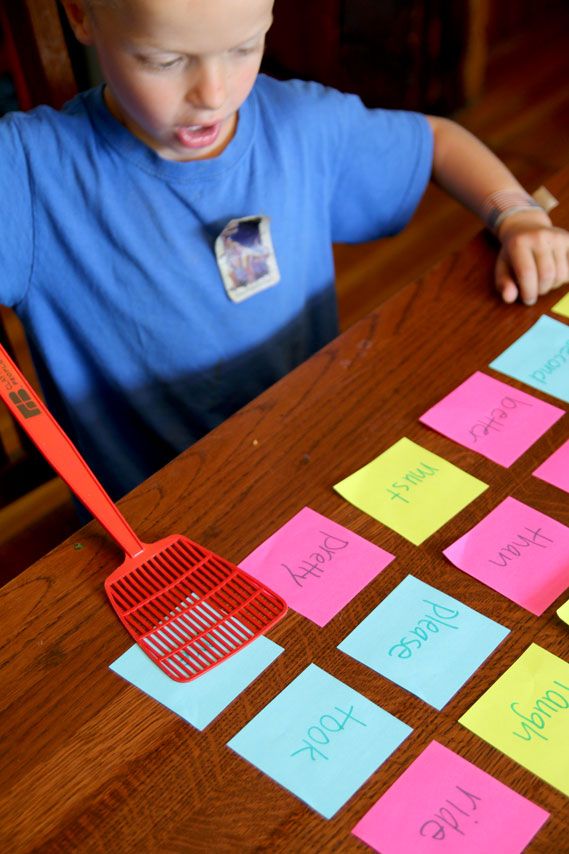
- Read every day. And talk about what you read.
- Learn children's songs. This will make it easier for your child to memorize new words. In addition, singing helps the development of the speech apparatus.
- Develop fine motor skills. The parts of the brain responsible for it and for the development of speech are very close. Working with one of them, you affect the other. Modeling from plasticine, stringing beads on a rope, mosaic - everything goes into the piggy bank of eloquence.
When to worry
At three years old, a child does not name objects, does not know the names of his closest relatives, and his vocabulary does not exceed 25 words. His speech is slurred, he does not know how to build sentences, he does not use verbs, he does not talk about himself in the first person.
Read also 👍👶👧
- How to make an educational board for your child
- How to teach your child to count effortlessly
- How to raise a bilingual child
- How to decide whether to send your child to kindergarten
- How not to overdo it with early child development
Best offers
Price of the day: Nintendo Switch game console for 18,891 rubles
Basic and more: 16 discounted warm hoodies
Black Friday and other promotions: when and where you can get the necessary goods at a bargain price
Profitable: Columbia winter jacket with a 24% discount
Finds AliExpress: the most interesting and useful products
Useful gizmos for the kitchen: 10 items with a discount in honor of "Black Friday"
What to give mom for the New Year
Price of the day: Xiaomi 11T Pro for only 25 443 rubles
How to teach a child to speak: methods, games and exercises
The formation of a child's speech occurs long before he begins to speak independently.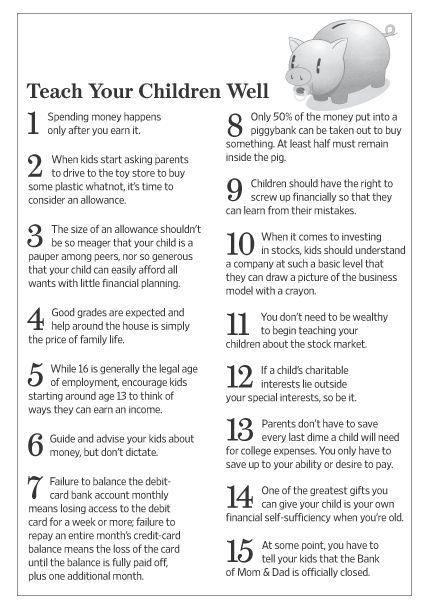 From a very early age, the baby perceives the speech of adults, imitates it, and subsequently relies on the acquired experience. Speech development is not a process that can be left to chance - and in this article you will find out why.
From a very early age, the baby perceives the speech of adults, imitates it, and subsequently relies on the acquired experience. Speech development is not a process that can be left to chance - and in this article you will find out why.
Contents of the article:
- Stages of speech development
- 10 ways to teach your child to talk at home
- Exercises and games for the development of speech
- General tips
- When you need specialist help
- Conclusion
Stages of speech development
The formation of speech occurs gradually, starting from birth. Knowing the approximate stages of speech development at each age, it is much easier to determine the presence of signs of a lag.
- From 0 to 6 months. The baby actively listens to the speech of adults, tries to reproduce the sounds that he still perceives as a melody. He already distinguishes the voices of people who are talking to him.
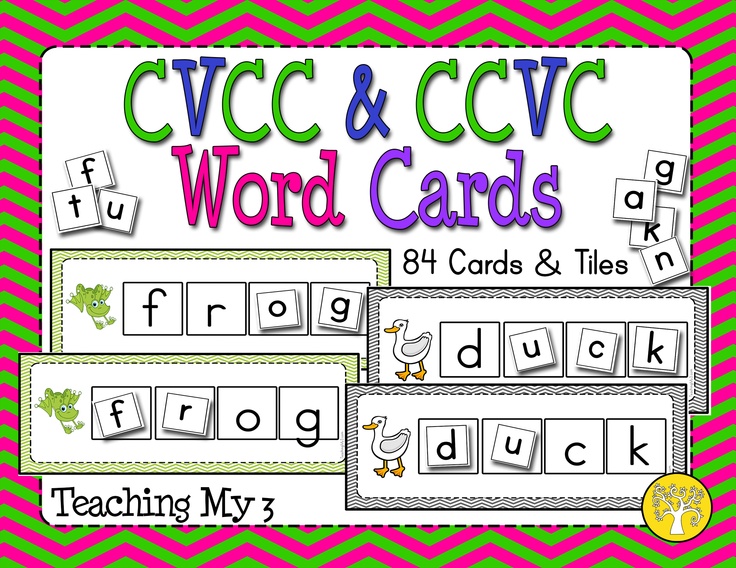 First, the baby masters vowel sounds, and already closer to the age of one and a half months, the consonant sounds “g”, “k”, “x” appear, thanks to which the child begins to “walk”.
First, the baby masters vowel sounds, and already closer to the age of one and a half months, the consonant sounds “g”, “k”, “x” appear, thanks to which the child begins to “walk”. - From 6 to 12 months. At this age, the child often imitates the sounds of adult speech. Pronounces separate syllables, for example "ma-ma", "babbles". By the end of the first year of life, the first words and sentences appear. Vocabulary ranges from 2-3 to 20 words, most of which are nouns.
- 1 year. In a year, speech becomes active and becomes a means of interaction with adults. Together with the ability to move independently, the child accumulates knowledge about the world around him and replenishes his vocabulary, which at this age is 300-400 words. Pronunciation adapts to itself, skipping or replacing complex combinations of sounds.
- 2 years. By the age of two, phrasal speech is formed. At this time, the child is able to formulate a sentence of 2-3 words. Gradually, grammatical categories are mastered, such as number, gender, case.
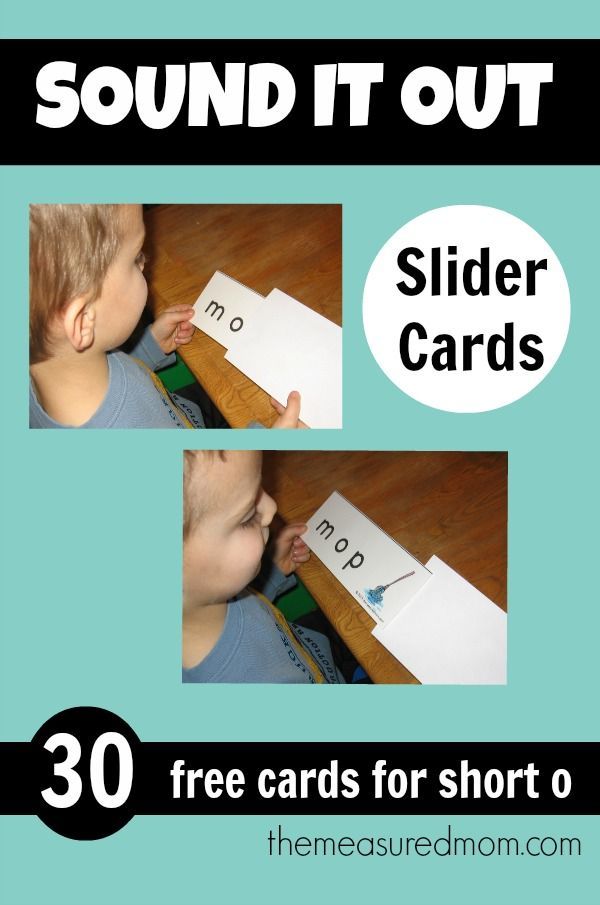 The vocabulary reaches up to 700 units.
The vocabulary reaches up to 700 units. - 3 years. Children of this age actively communicate with adults and peers, but still with the help of simple sentences. A three-year-old child masters the basic laws of the language and, on their basis, invents his own words. This process is called "word-creation" and signals the normal development of the child's speech. Vocabulary - up to 1000 words.
- 4 years. In the fifth year of life, the child "hones" the acquired skills, replenishes the active and passive vocabulary, which is approximately 2000 words. As they grow older, the child begins to pronounce all the sounds of his native language clearly and clearly.
- By the age of 5, it is considered normal if the child has mastered all aspects of the language and is fluent in speech. If not, this is a reason to immediately contact a specialist.
10 ways to teach your child to talk at home
- The most effective and basic way is to talk to your child as often and as much as possible.
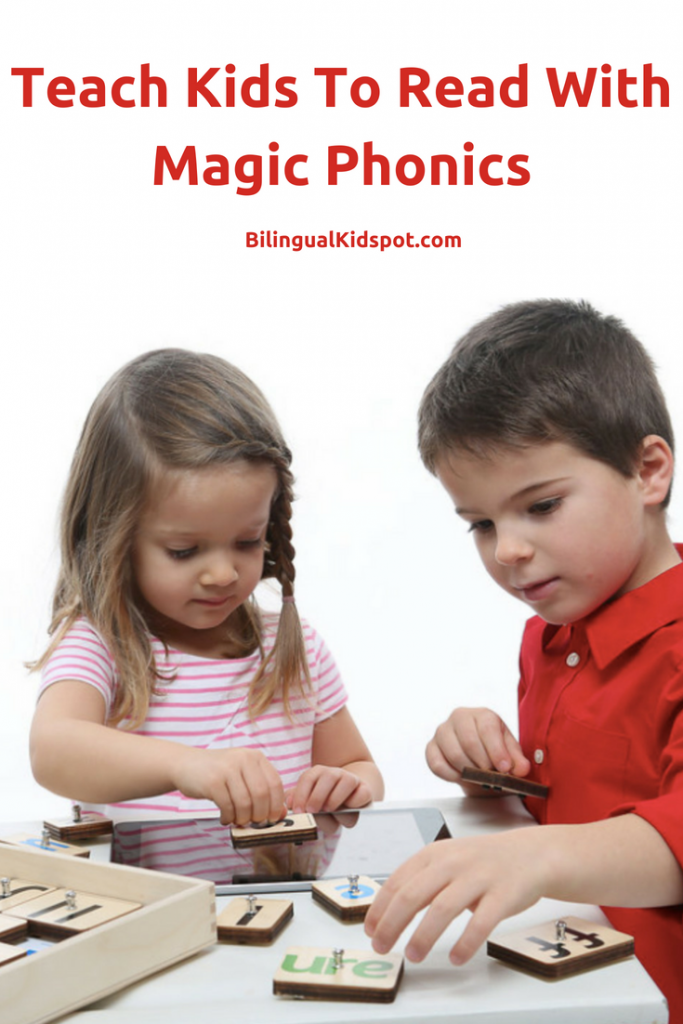 Pediatricians recommend communicating with the child even before he is born. The speech of an adult should be expressive, as babies perceive it on an emotional level. It is possible to teach a child to speak at 1 year old by abandoning sign language and completely switching to verbal communication. Use short and clear sentences, do not distort words. Speak in such a way that the child can observe the movements of the lips and try to independently apply them to his speech.
Pediatricians recommend communicating with the child even before he is born. The speech of an adult should be expressive, as babies perceive it on an emotional level. It is possible to teach a child to speak at 1 year old by abandoning sign language and completely switching to verbal communication. Use short and clear sentences, do not distort words. Speak in such a way that the child can observe the movements of the lips and try to independently apply them to his speech. - Develop fine motor skills. Stimulation of nerve endings on the fingers has a positive effect on the development of speech. Any exercises that involve the motor skills of small muscles are suitable for this method: sorting through cereals, playing with massage balls, stringing beads on a string. (You can link to an article about developing fine motor skills by writing, for example, "Learn more here.") Fine motor skills classes will help to teach a two-year-old child to speak as early as possible.
- Expand vocabulary.
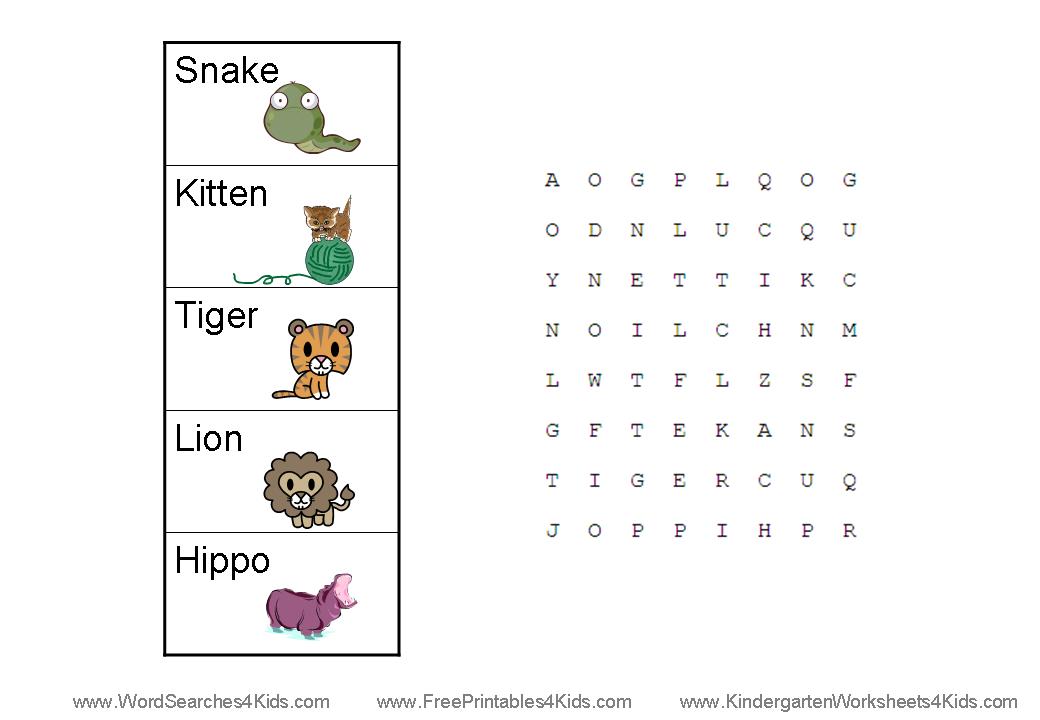 At home, on the street, in a store, in nature, show and call the child the names of the surrounding objects. To his questions in an accessible language, explain the meaning of certain objects, trying not to overload the child's brain with complex terms. This is a natural and inexpensive way to quickly teach your child to speak at 2 years old.
At home, on the street, in a store, in nature, show and call the child the names of the surrounding objects. To his questions in an accessible language, explain the meaning of certain objects, trying not to overload the child's brain with complex terms. This is a natural and inexpensive way to quickly teach your child to speak at 2 years old. - Read books. Children love to look at bright, colorful pictures. Read a book to your child, while pointing at the characters, for example, a bun, a fox, a hare. Simultaneous visual and auditory perception will help you remember words faster and learn how to pronounce them. Set aside time for this activity each day to develop this healthy habit in your child.
- Sing songs. As much as books, children love songs. Sing along with your child his favorite songs, learn new songs that he will like. In addition to stimulating the speech apparatus, you will provide both yourself and your baby with a good mood.
- Not understanding sign language.
 If your child often uses gestures, replacing words with them, you need to stimulate him to the opposite. Once again, when the baby points his finger at something, pretend that you do not understand him. Try to start a dialogue by asking leading questions, but do not bring the child to hysteria if he is not yet ready for this way of communication.
If your child often uses gestures, replacing words with them, you need to stimulate him to the opposite. Once again, when the baby points his finger at something, pretend that you do not understand him. Try to start a dialogue by asking leading questions, but do not bring the child to hysteria if he is not yet ready for this way of communication. - Take by cunning. When reading a well-known book, intentionally replace words, for example: "I'll sit on a stump, eat a pot (instead of" a pie ")". This technique will inspire your child to listen carefully to the speech, so that next time they can tell you how to do it right. The method is perfect for teaching a child to speak at 3 years old, since by this age children are actively interested in literary works.
- Repeat one after another. As a game, repeat the syllables that he says after the baby, and then offer your own version. The child will be happy to join this activity and will try to give out even more new syllables.

- Remove distractions. An incessantly running TV or computer with cartoons will drown out any of your attempts to enter into a dialogue. The child needs to hear the lively, clean, correct speech of an adult. To teach a child to speak at 4 years old, you should adhere to the time limits for watching cartoons.
- Show attention. Drop everything when the child comes up to you to tell you something interesting. Listen carefully, ask questions, be surprised and show your interest in every possible way. This will stimulate the desire to share with you everything that comes to mind and that you want to tell. Mutual dialogue is possible and necessary even with a small child, because it will help you quickly learn to talk.
Exercises and games for the development of speech
Finger games
Favorite activity for all kids. Aimed at the development of fine motor skills and, as a result, the formation of speech. Learn small rhymes with your child, for example, "Magpie Crow.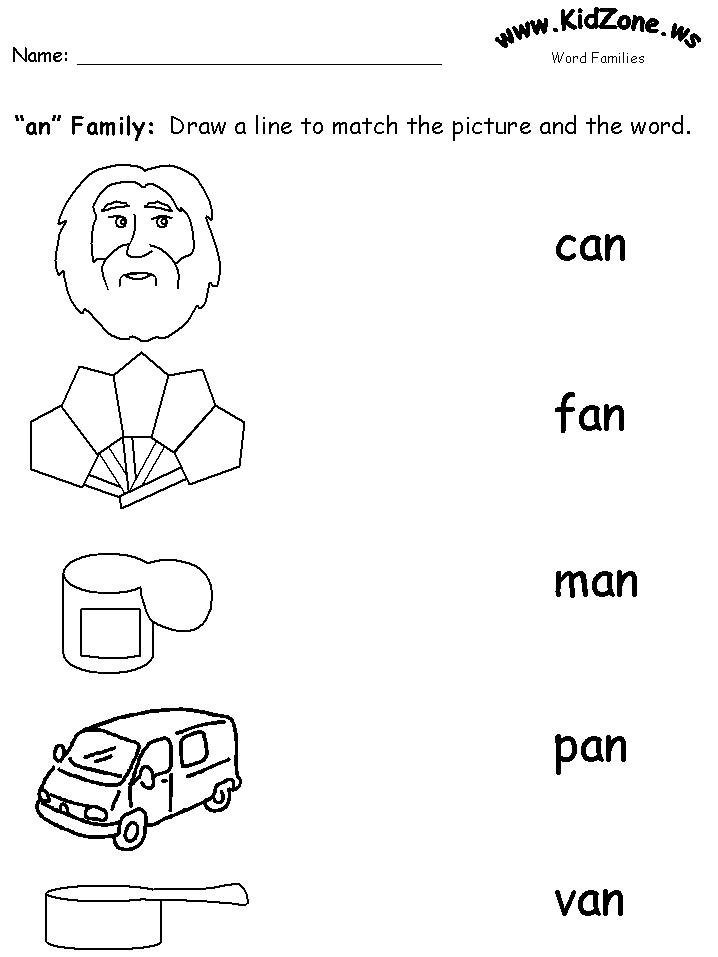 " Connect finger movements that your baby will be happy to repeat. Such games improve fine motor skills and help to teach the child to speak correctly.
" Connect finger movements that your baby will be happy to repeat. Such games improve fine motor skills and help to teach the child to speak correctly.
Articulation exercises
The small muscles of the mouth in childhood need to be trained, as they may not be sufficiently developed. To strengthen them, daily articulation exercises are required. Sit with your child at the mirror to control the correct execution of the exercises. Follow the movements of the lips and tongue, showing the child an example for his independent work.
Exercises for the development of speech breathing
It is important to teach a child to breathe correctly, starting from the moment of his speech development. The air released by us during the pronunciation of speech is the source of sound. Many simple and easily accessible exercises are aimed at developing breathing, for example: blow on a dandelion, inflate a balloon, blow soap bubbles.
Music games
You can teach your child to speak with the help of music games.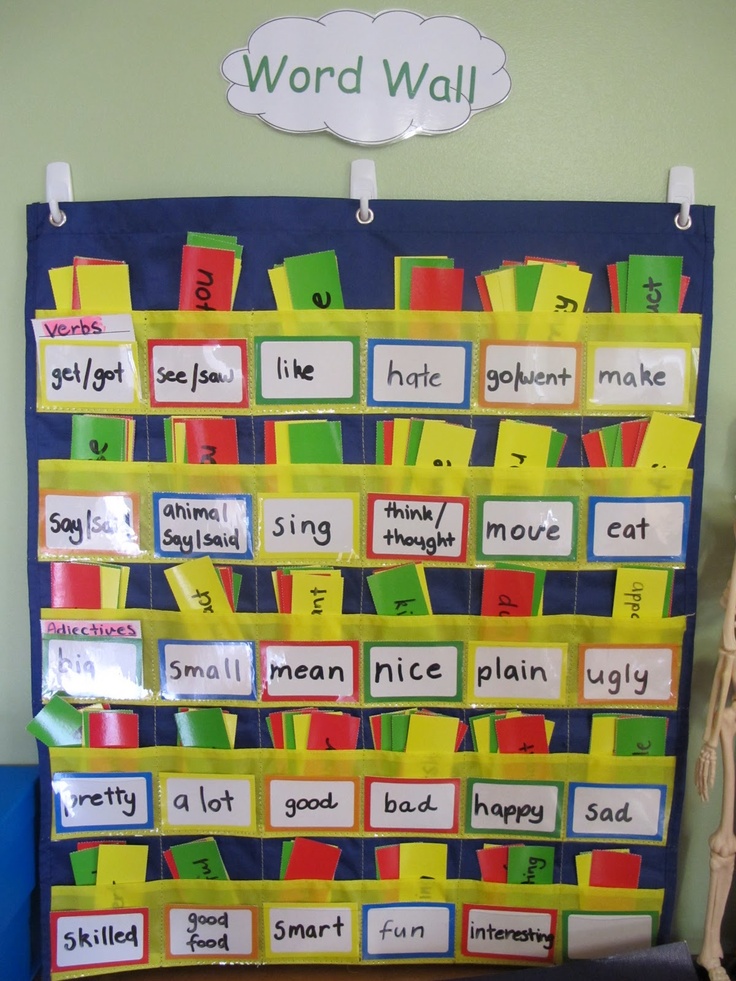 When children sing, the assimilation of sounds, syllables and, ultimately, words is easier for them. Musical games can be organized in several variations: with musical instruments (spoons, drum), songs with onomatopoeia of animals, songs with the simultaneous execution of simple movements.
When children sing, the assimilation of sounds, syllables and, ultimately, words is easier for them. Musical games can be organized in several variations: with musical instruments (spoons, drum), songs with onomatopoeia of animals, songs with the simultaneous execution of simple movements.
Didactic games
There are a huge number of games and methods using didactic material. And almost all of them can be applied to the development of speech. The game "Magic Bag" is great for developing speech skills. Rules of the game: in the bag there are objects of various shapes and sizes. The child is invited to feel to choose an object and describe it. Pronunciation of the signs of an object reinforces speech, and also helps in the formation of initial mathematical concepts.
General advice
In the development of a child's speech, it is important to be guided by the general principle "Do no harm". It must be remembered that each child develops according to his own individual model and it does not always adapt to the described stages of development.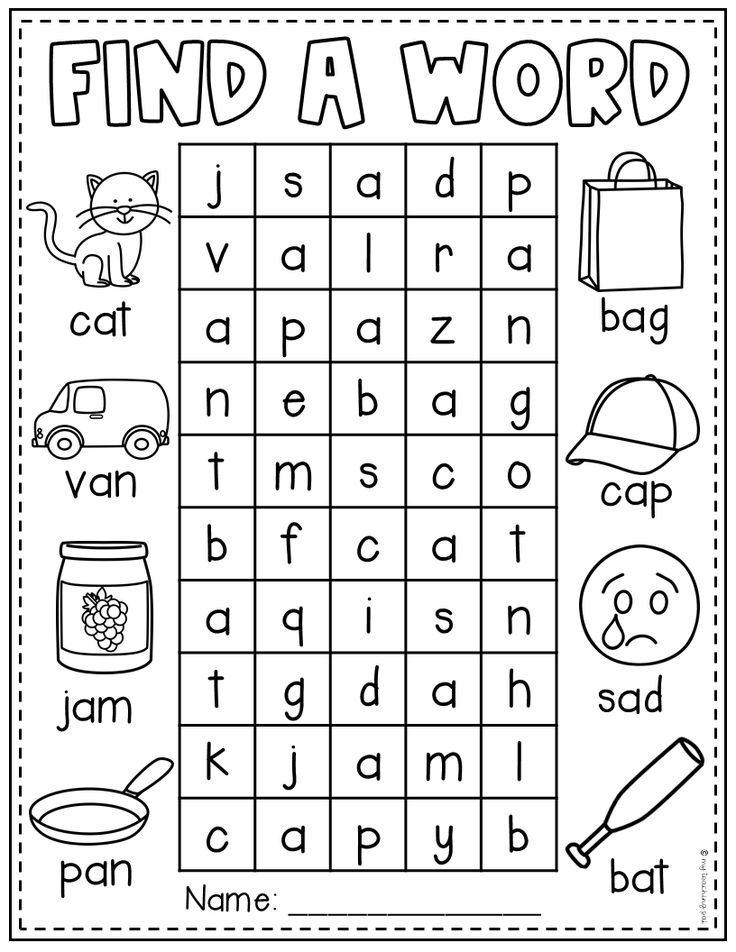 We recommend adhering to principles that apply in general to the entire process of raising and developing children.
We recommend adhering to principles that apply in general to the entire process of raising and developing children.
- The principle of play form. For a child of preschool age, the leading activity is the game. The more interesting the lesson is built, the more involved the child will be in it. Don't force me to play. Get interested instead.
- The principle of mutual dialogue. Talking to children is not a waste of time, as it might seem at first glance. Bring the child to a dialogue, keep up a conversation with him, tell and listen carefully. Communication is the most effective way to teach a child to speak early.
- The principle of problem acceptance. It is difficult to admit to oneself that the child has any problems. However, the sooner you start working on the bugs, the faster you will get the result. Do not be afraid to turn to professionals if you see that independent work does not bear fruit.
- The principle of accepting individuality.
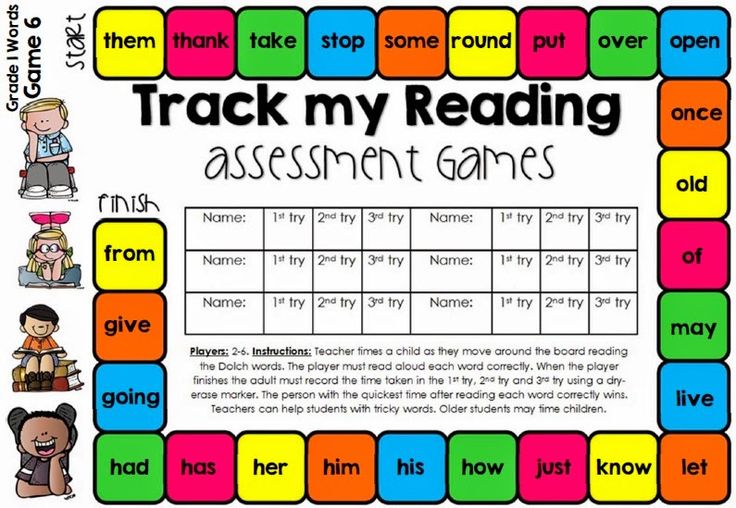 Your child is already a separate person, even if he is just starting to stand on his feet. You should not compare him with peers who are already telling poems with might and main. Instead of criticizing, praise every achievement of your child and then he will definitely speak.
Your child is already a separate person, even if he is just starting to stand on his feet. You should not compare him with peers who are already telling poems with might and main. Instead of criticizing, praise every achievement of your child and then he will definitely speak.
When the help of specialists is needed
When a problem is discovered and the right ways to solve it will help prevent further lagging behind the child. It is necessary to be patient, aim for a positive result and give your child a chance to painlessly enter the social world and learn to exist in it.
Reasons to start working on the development of speech together with a speech therapist, neurologist and other specialists:
- after 8 months the baby does not respond to calls to him;
- nasal voice appears;
- there is not enough air to complete the phrase;
- during a conversation there is increased salivation;
- at 2 years old, the child speaks only in syllables;
- at 3 years old, the child still tends to speak only in simple words;
- at the age of 4, the sense of syllable was not developed and the words were distorted.
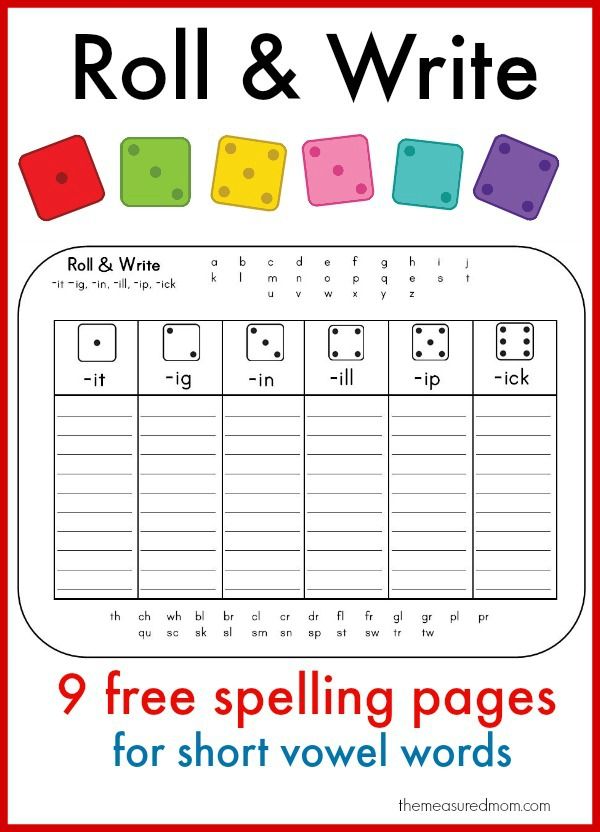
Learn more

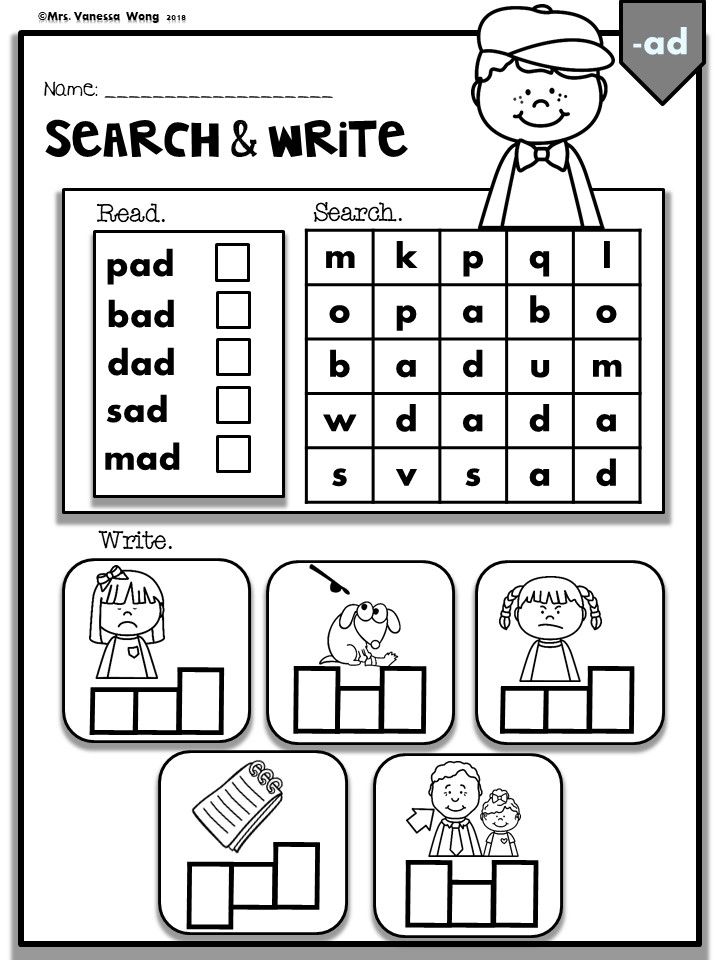 g.,
g., 